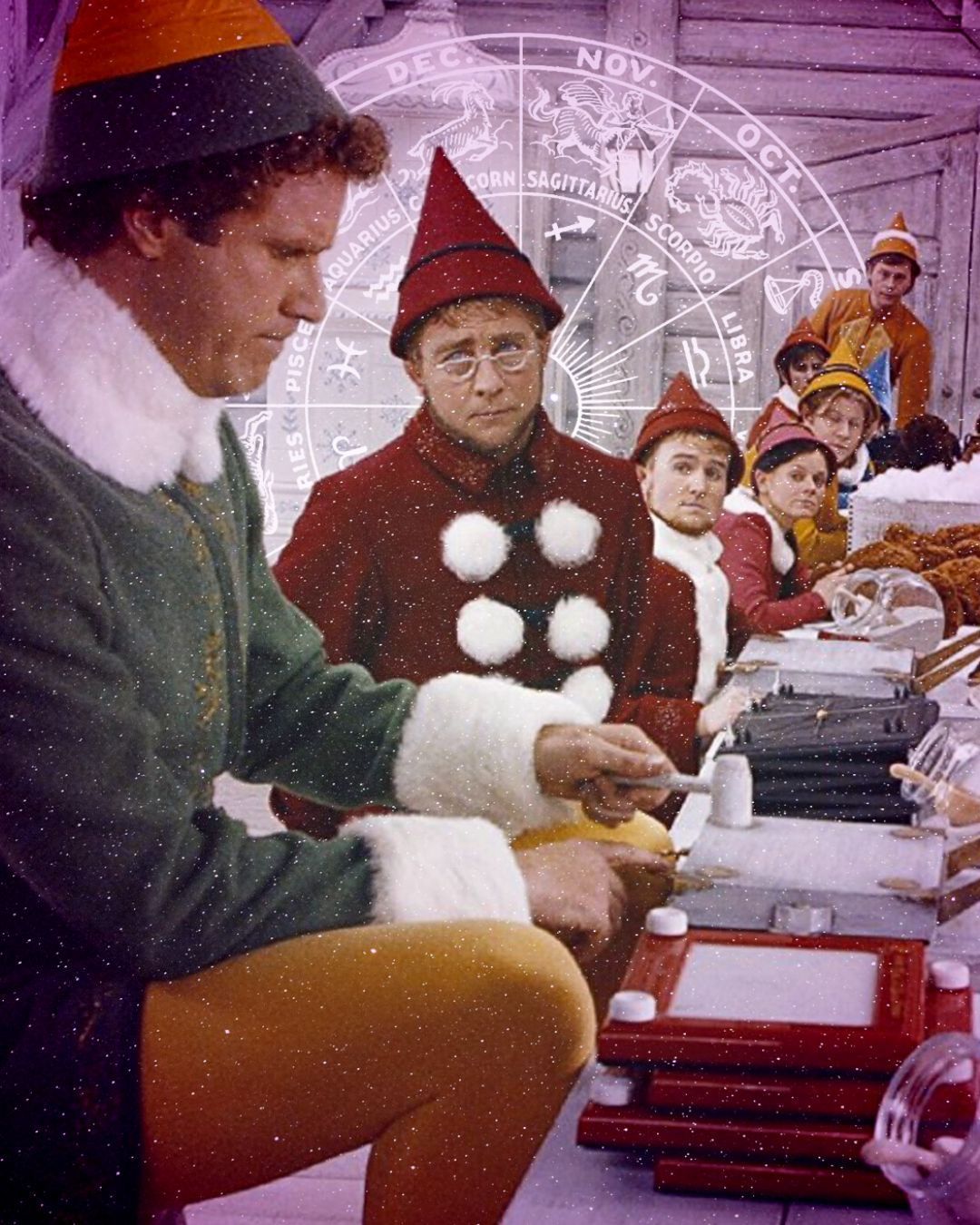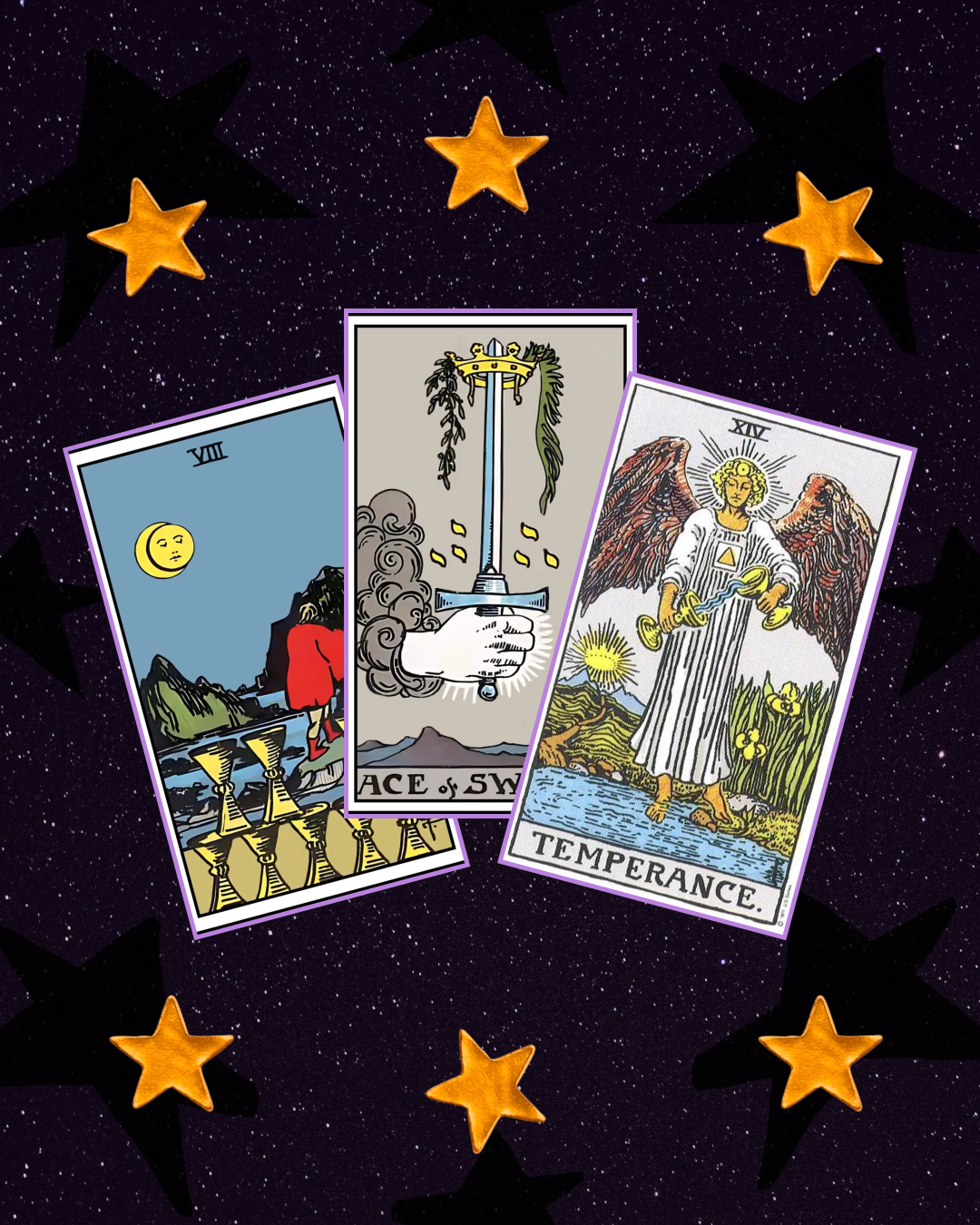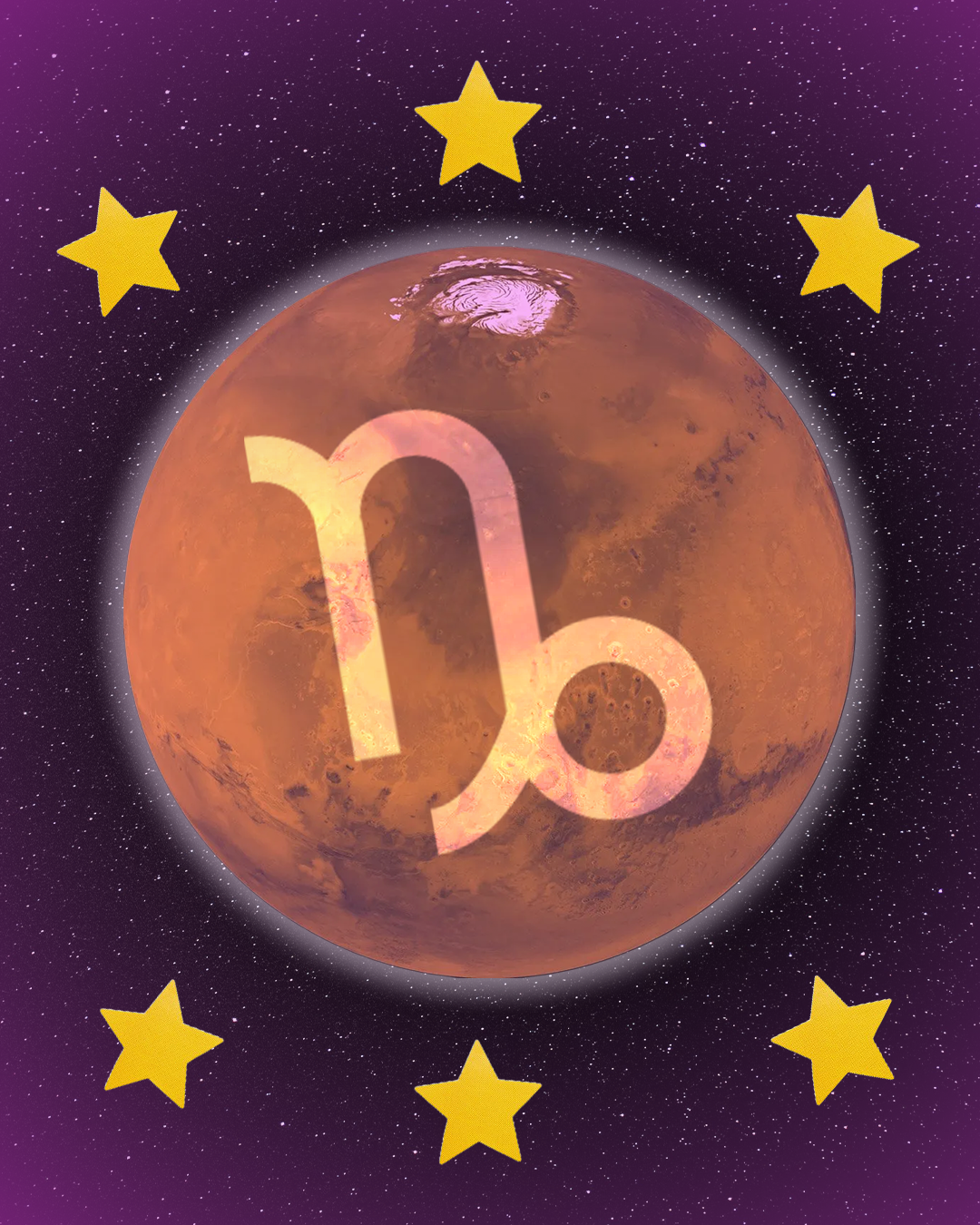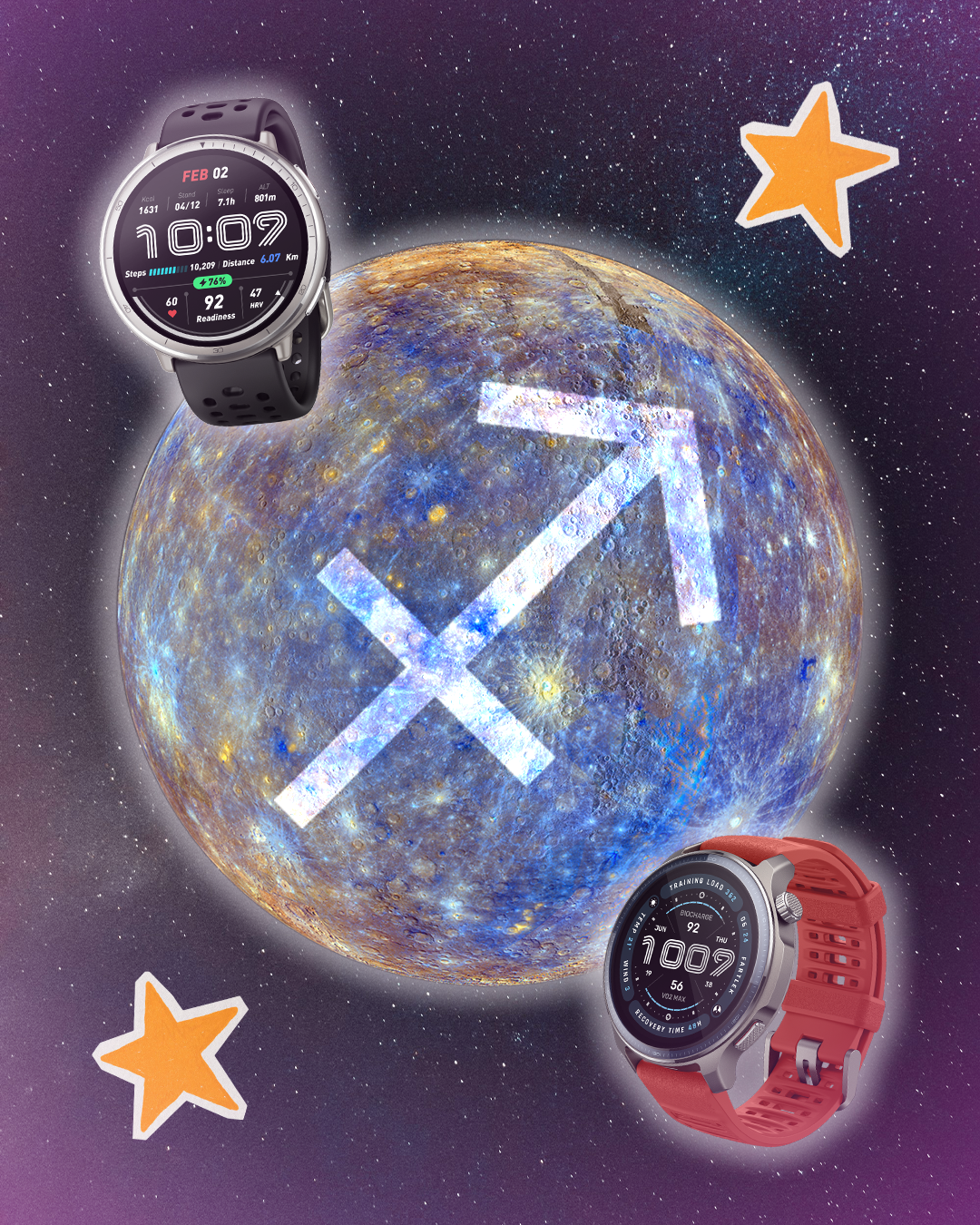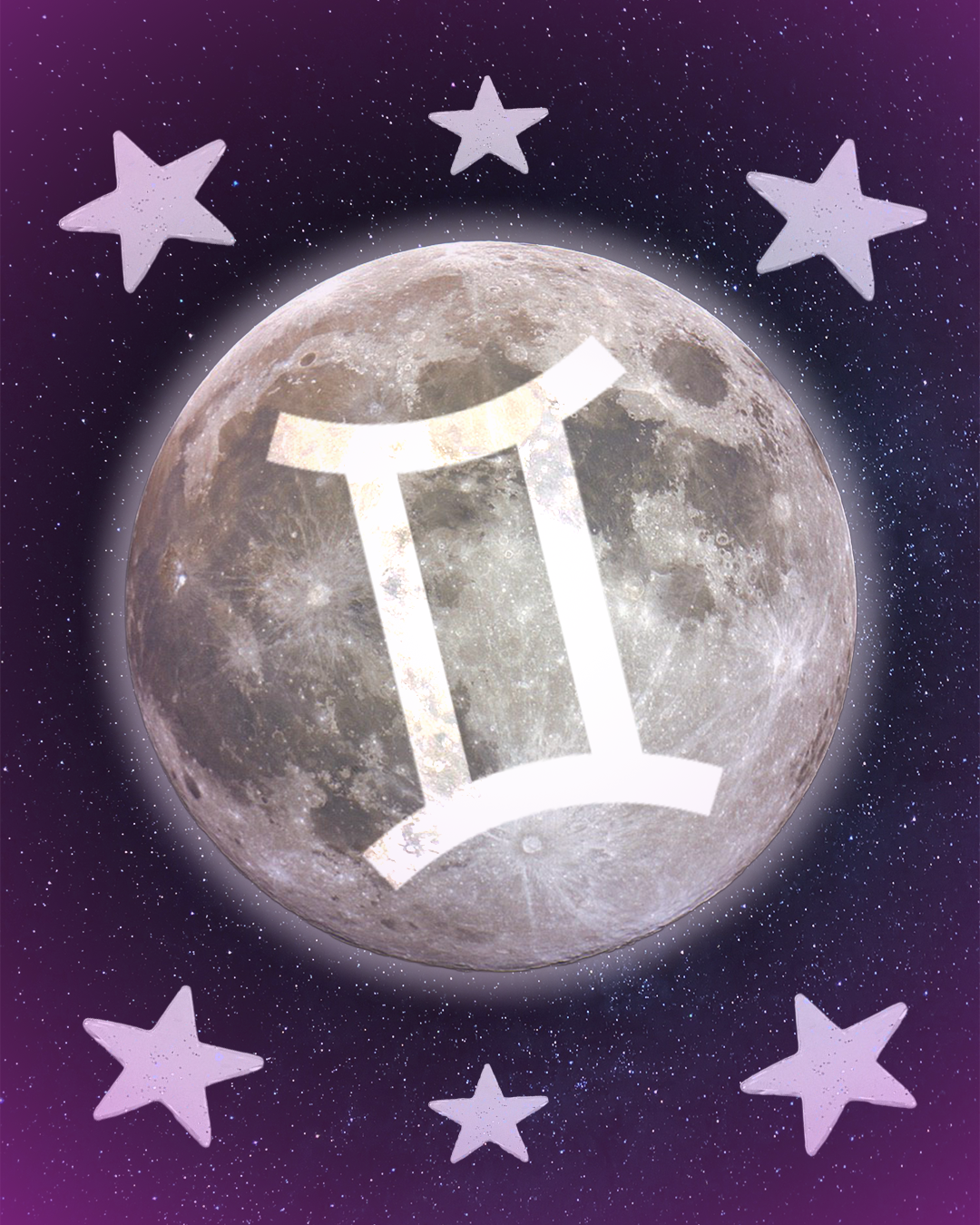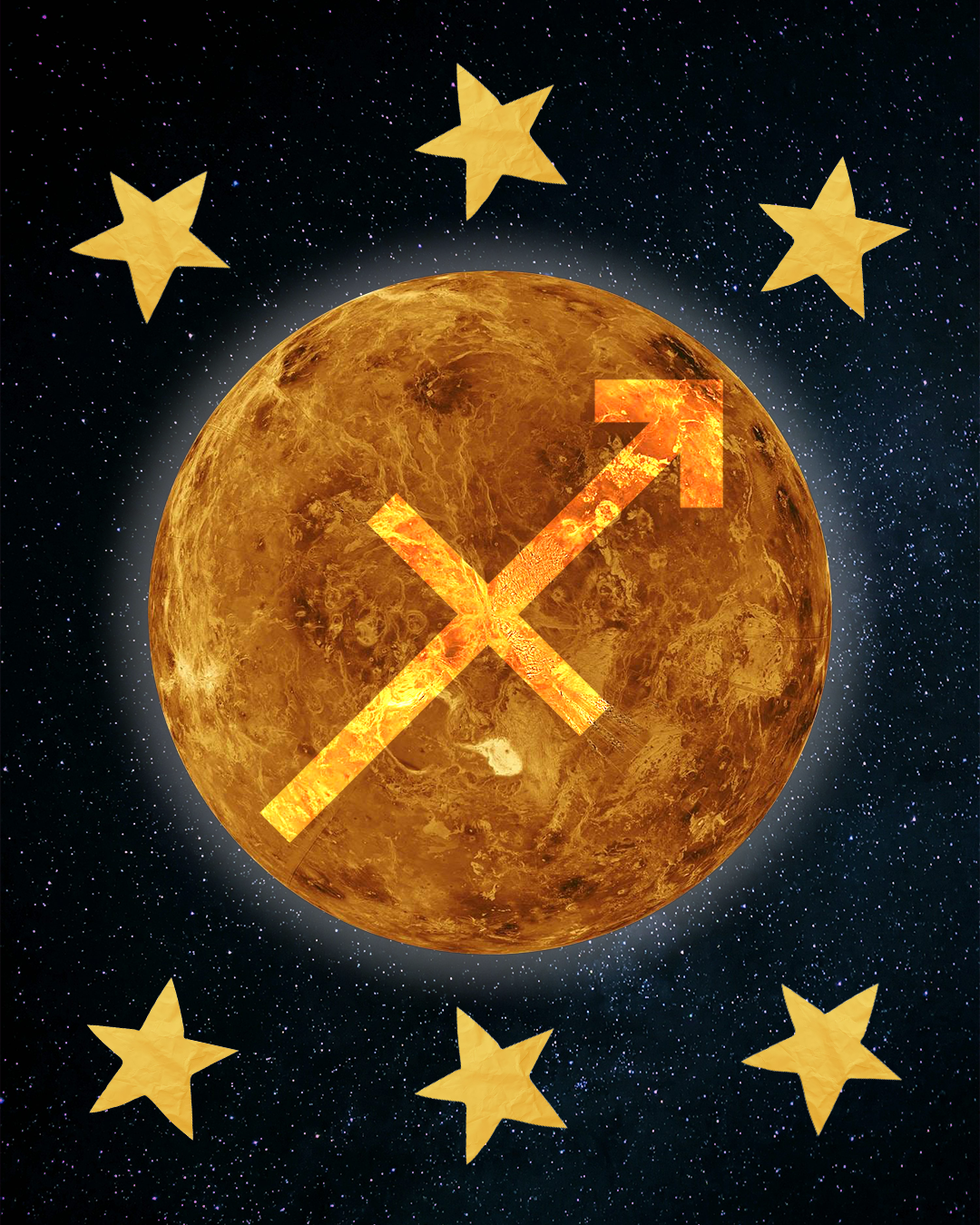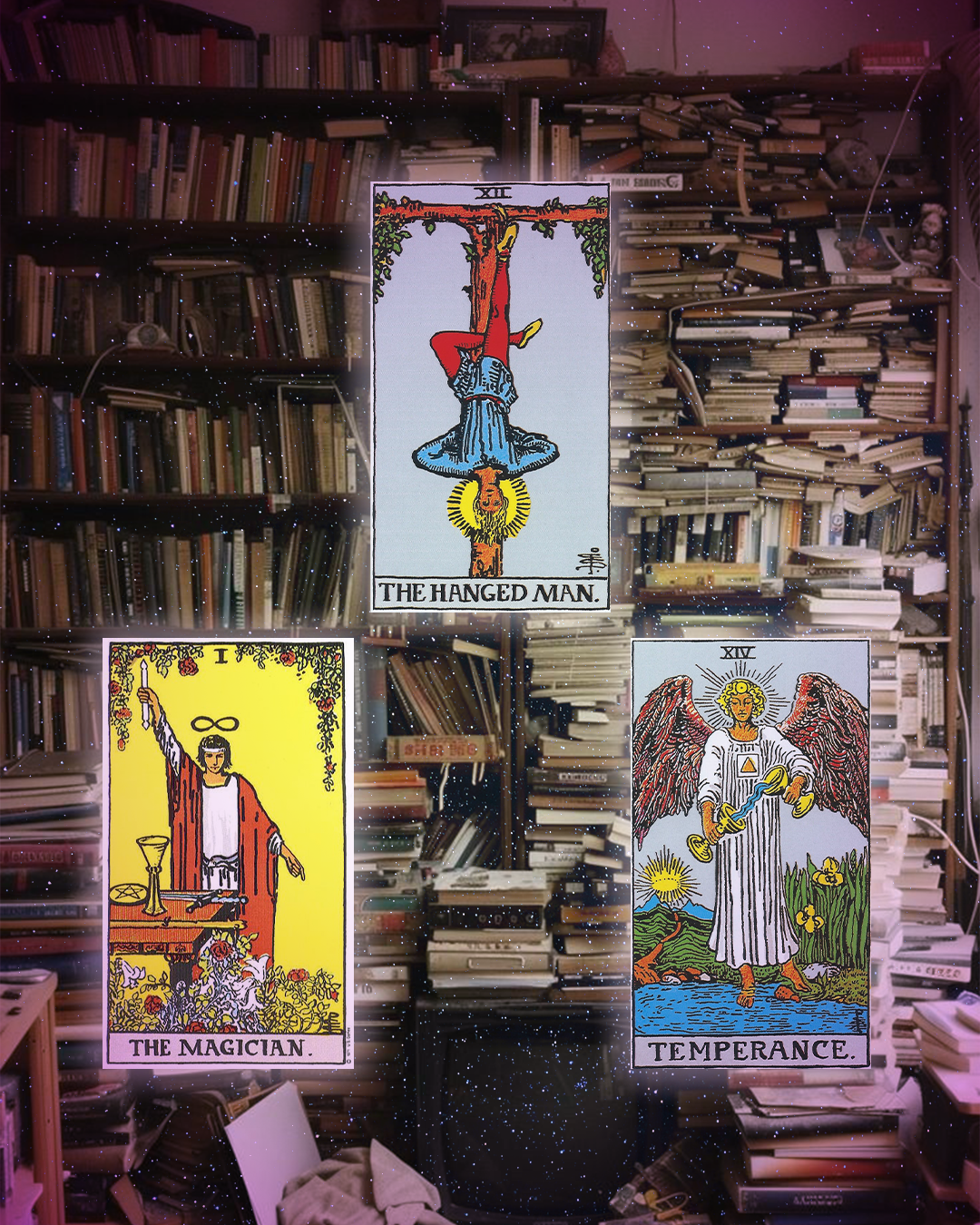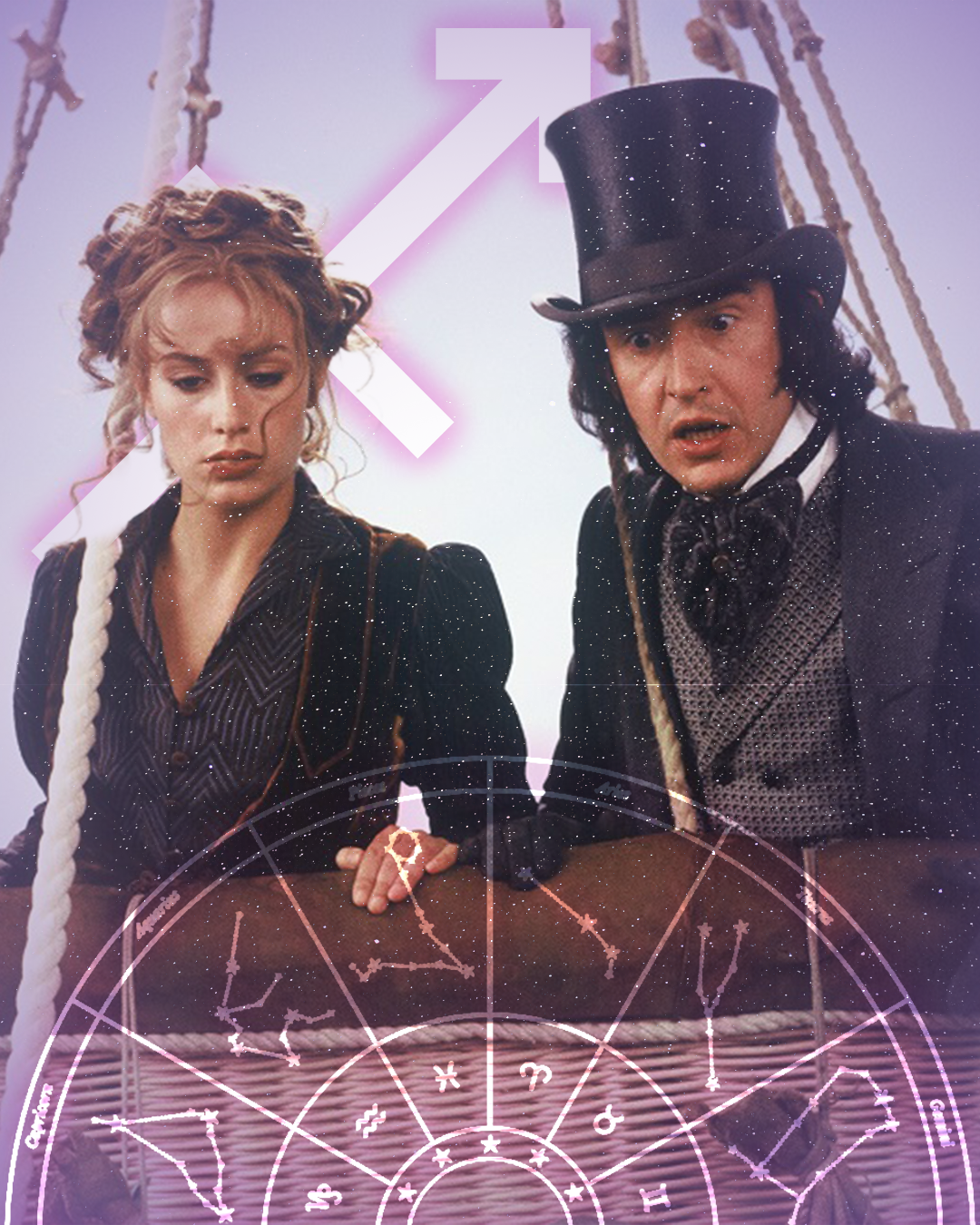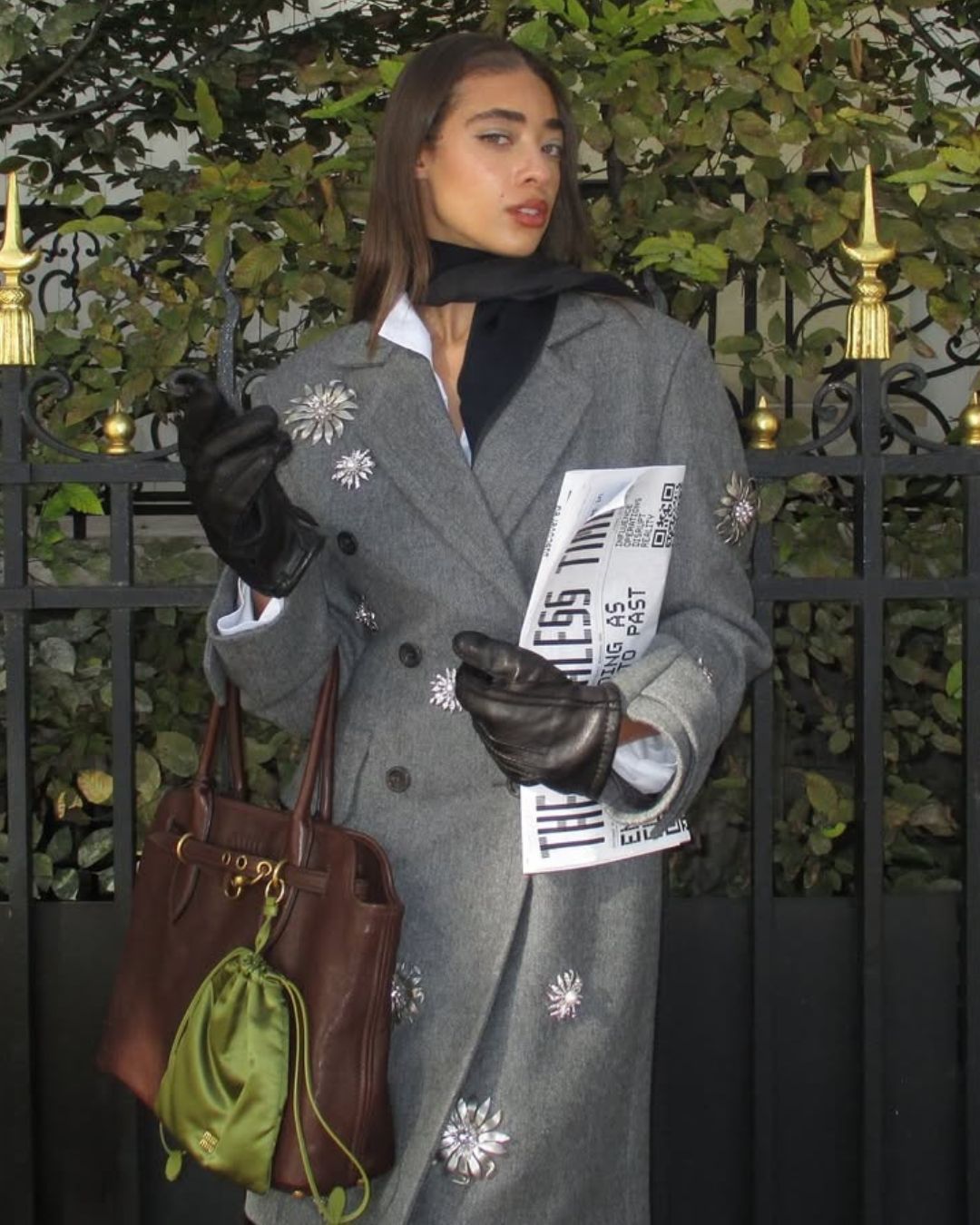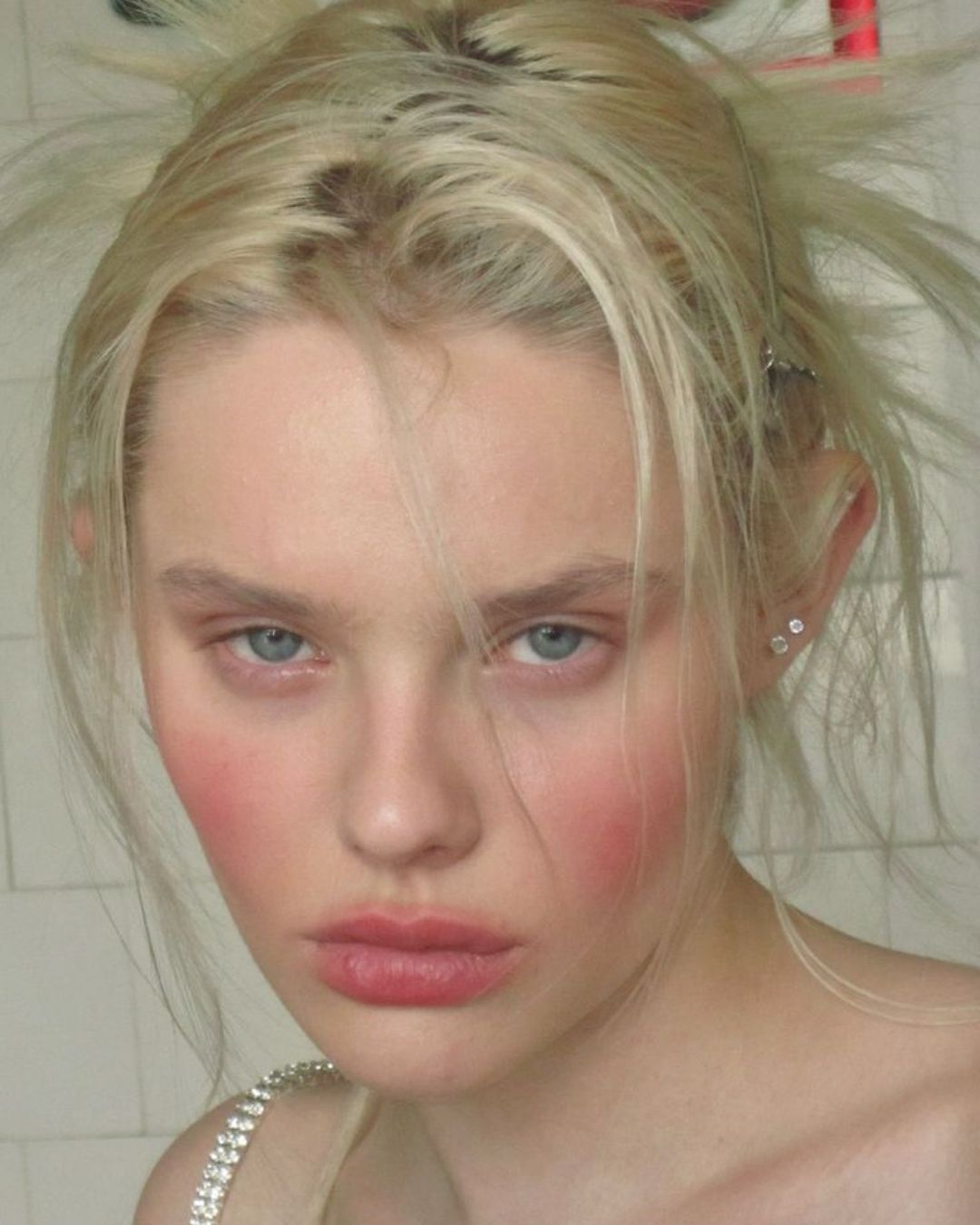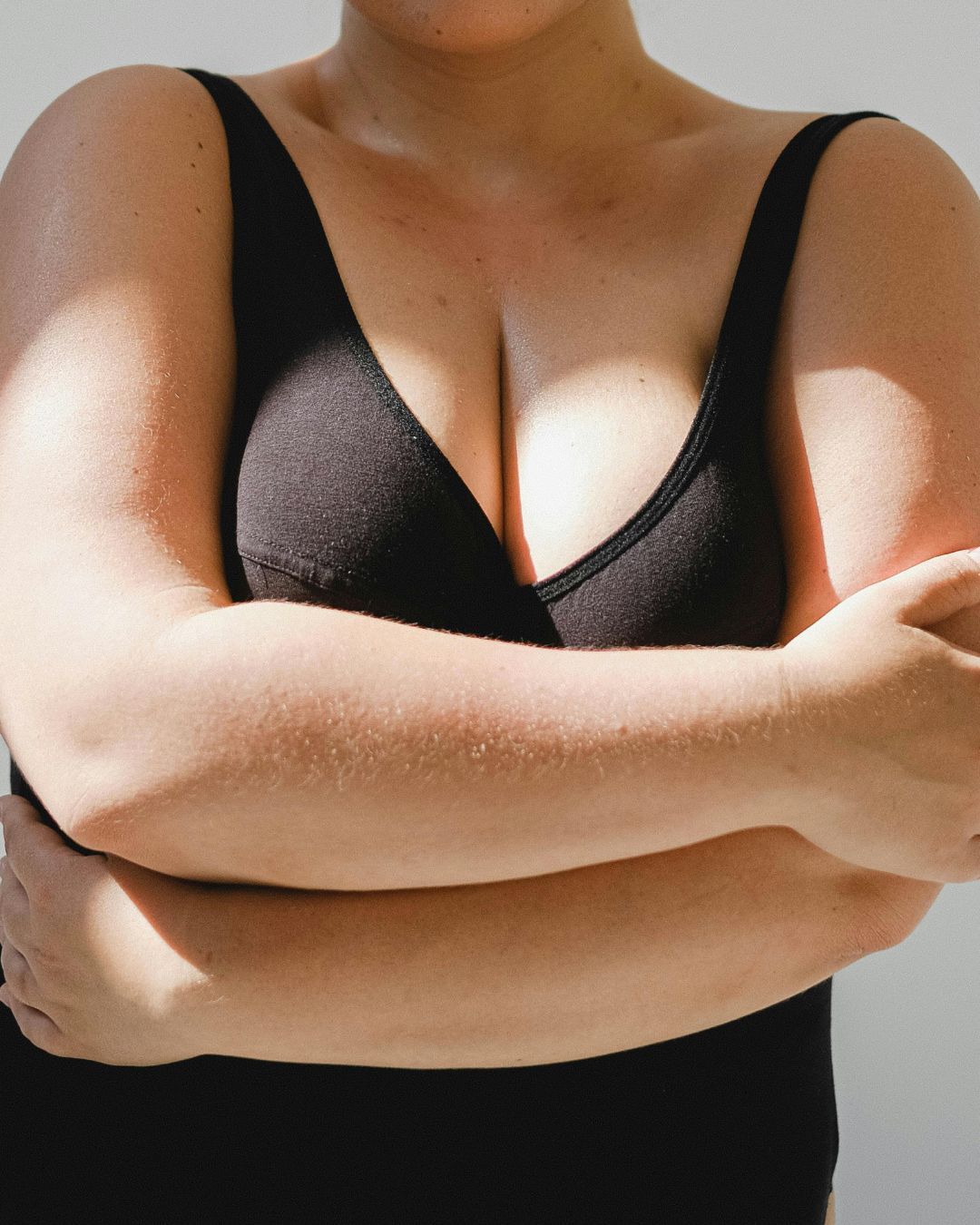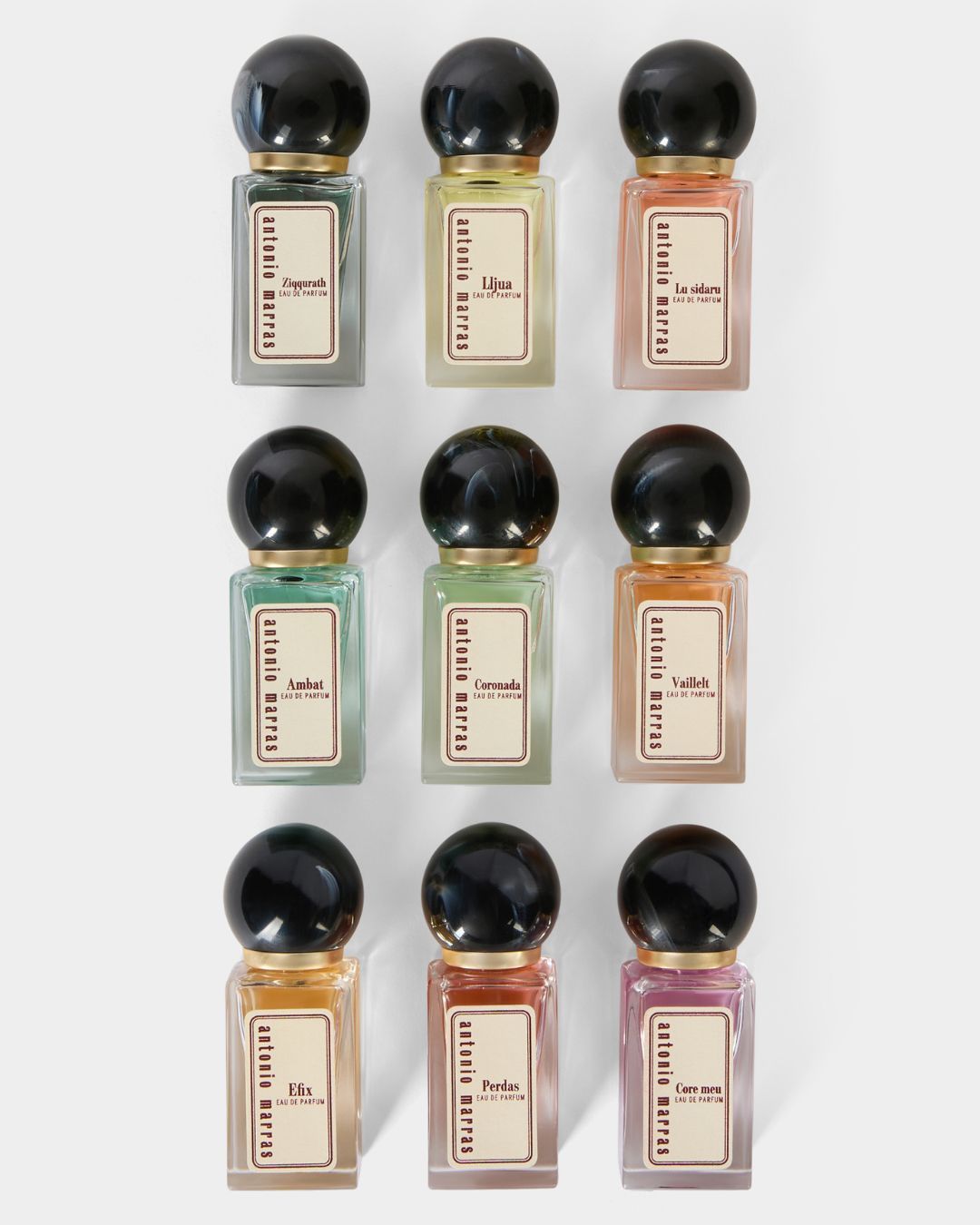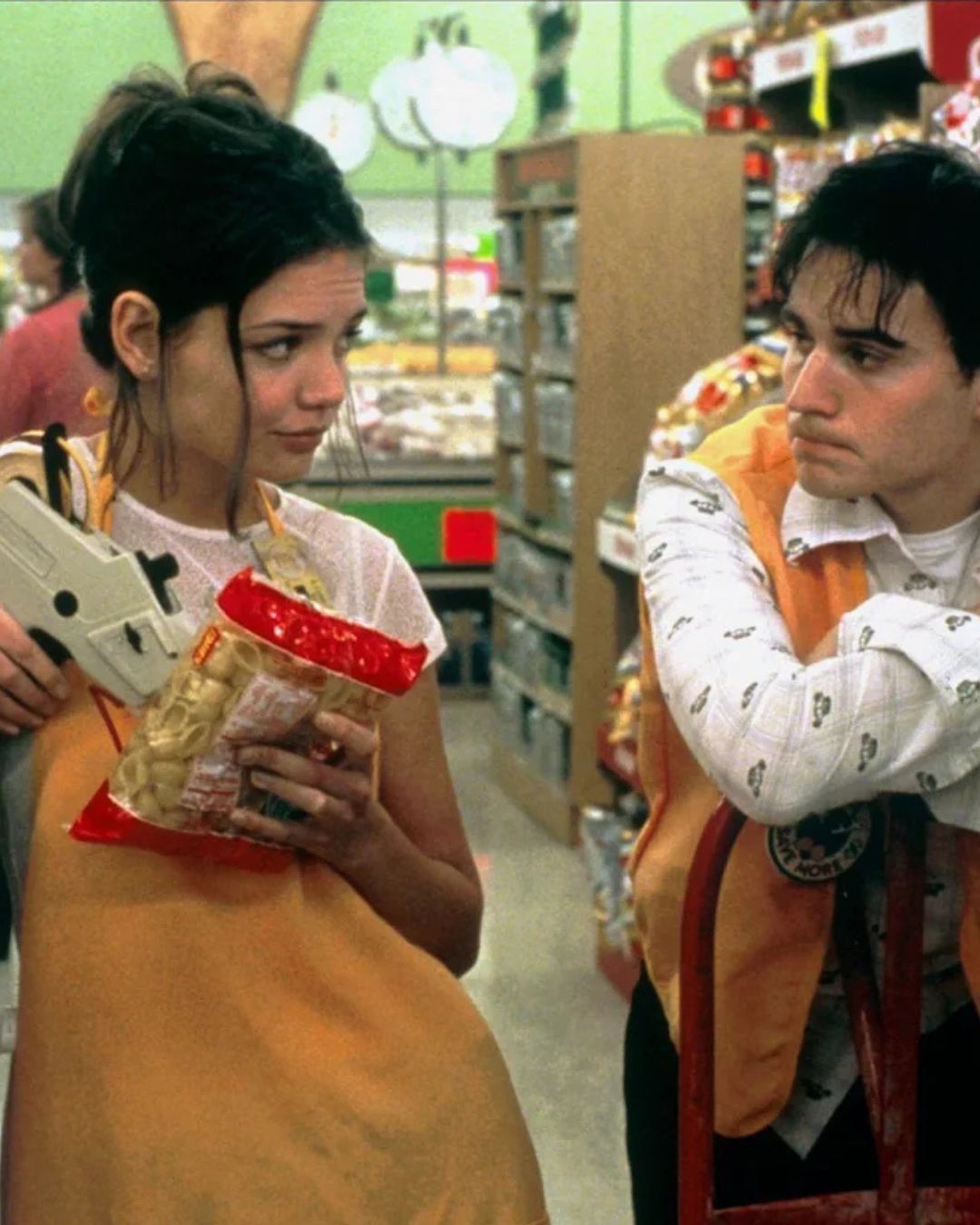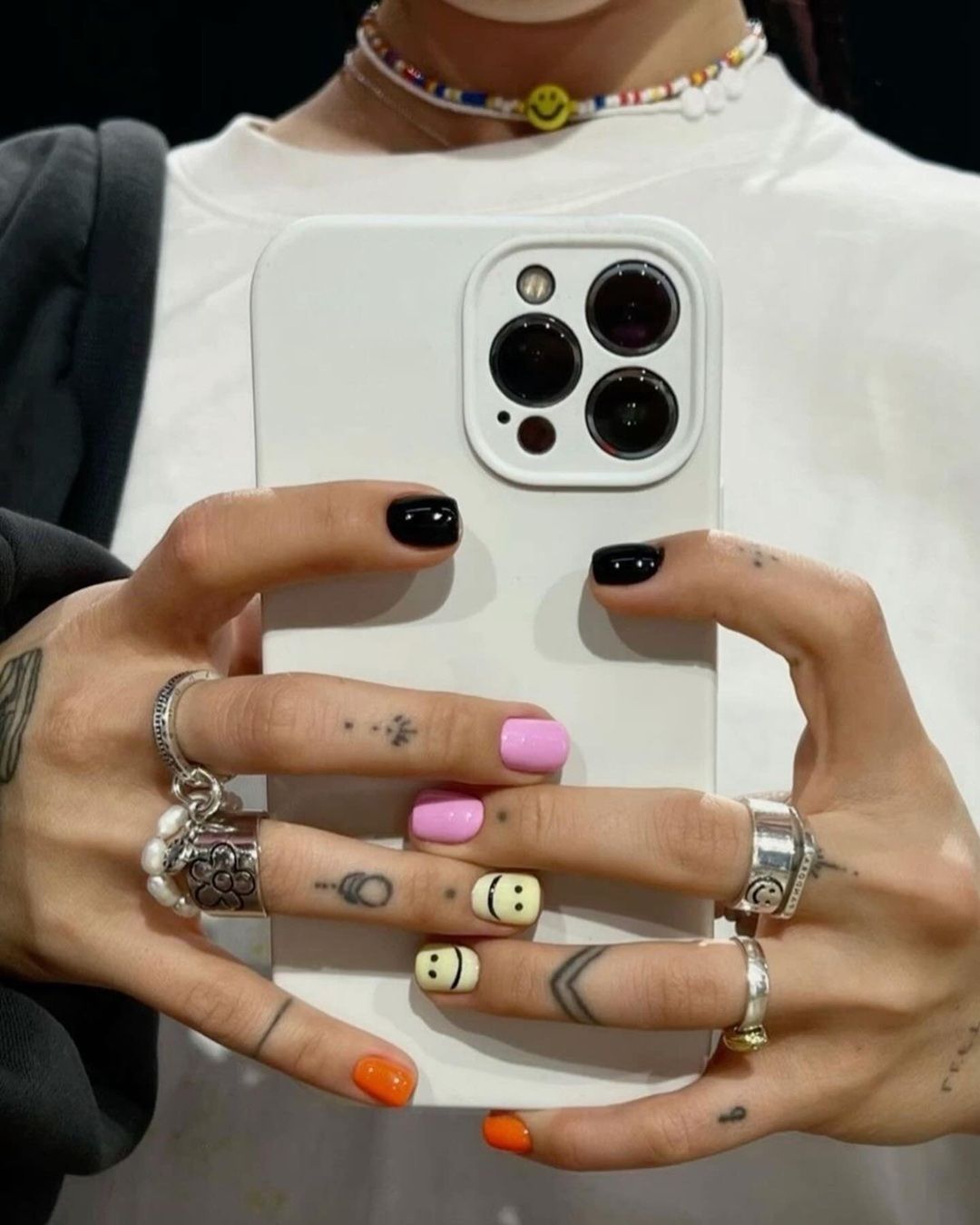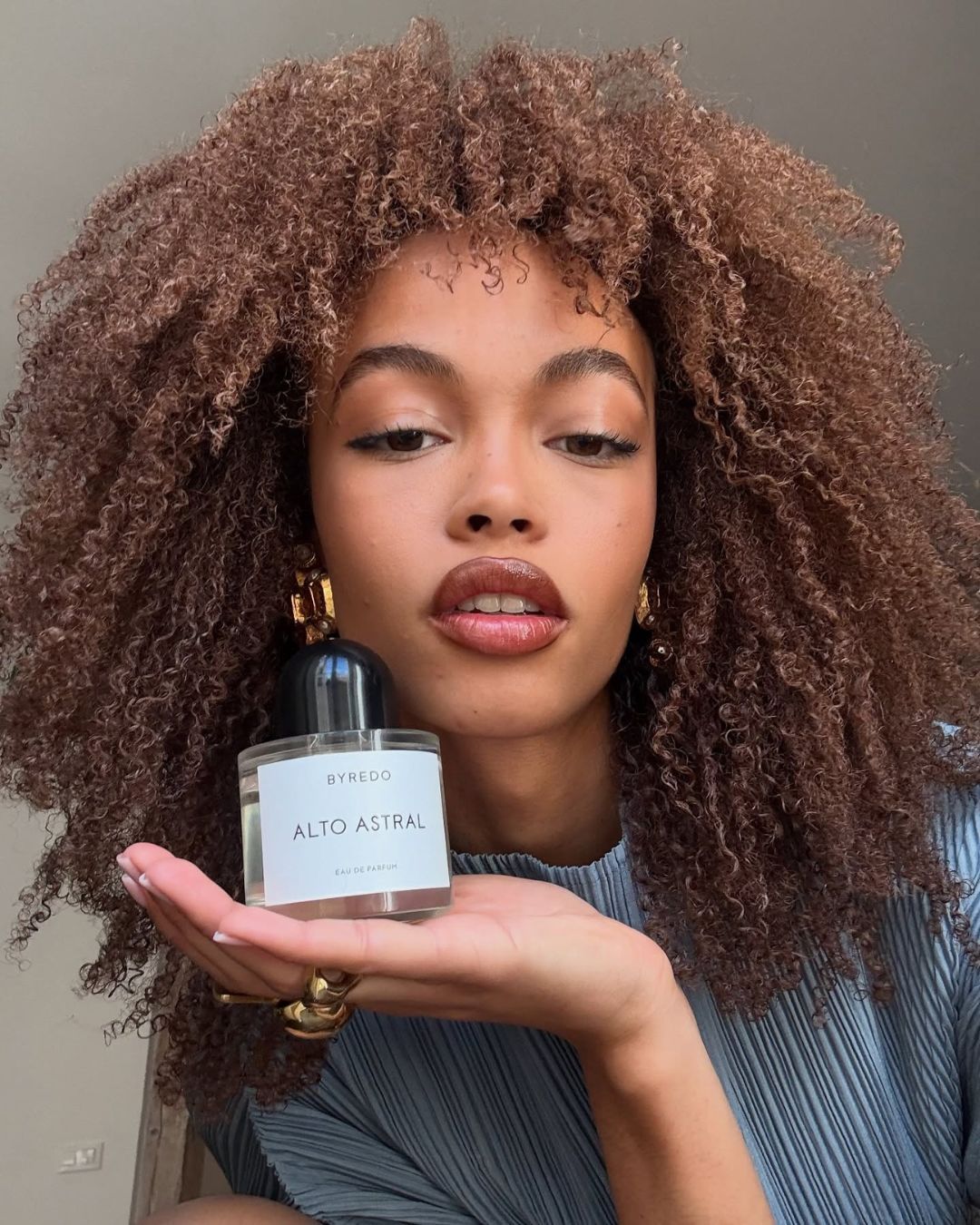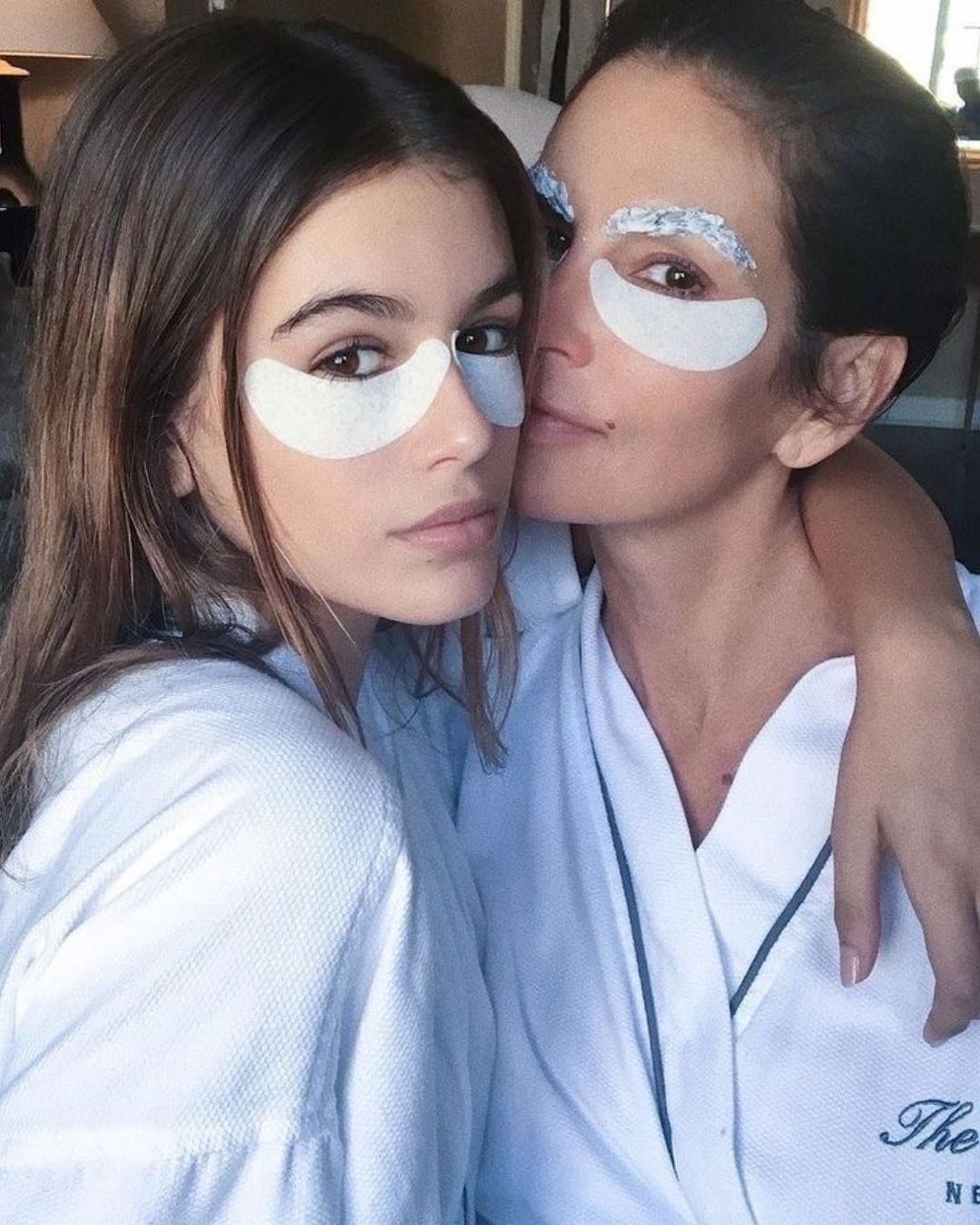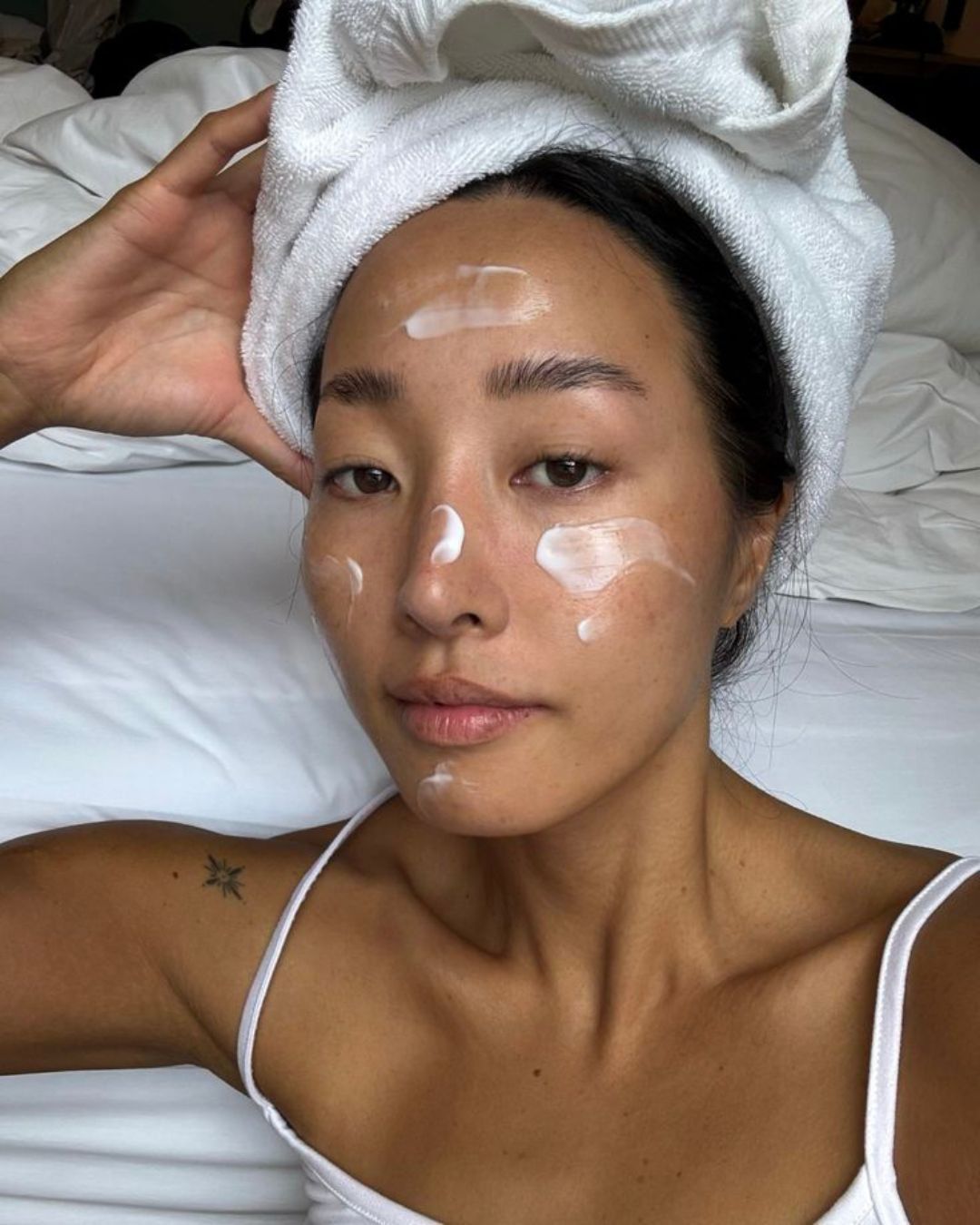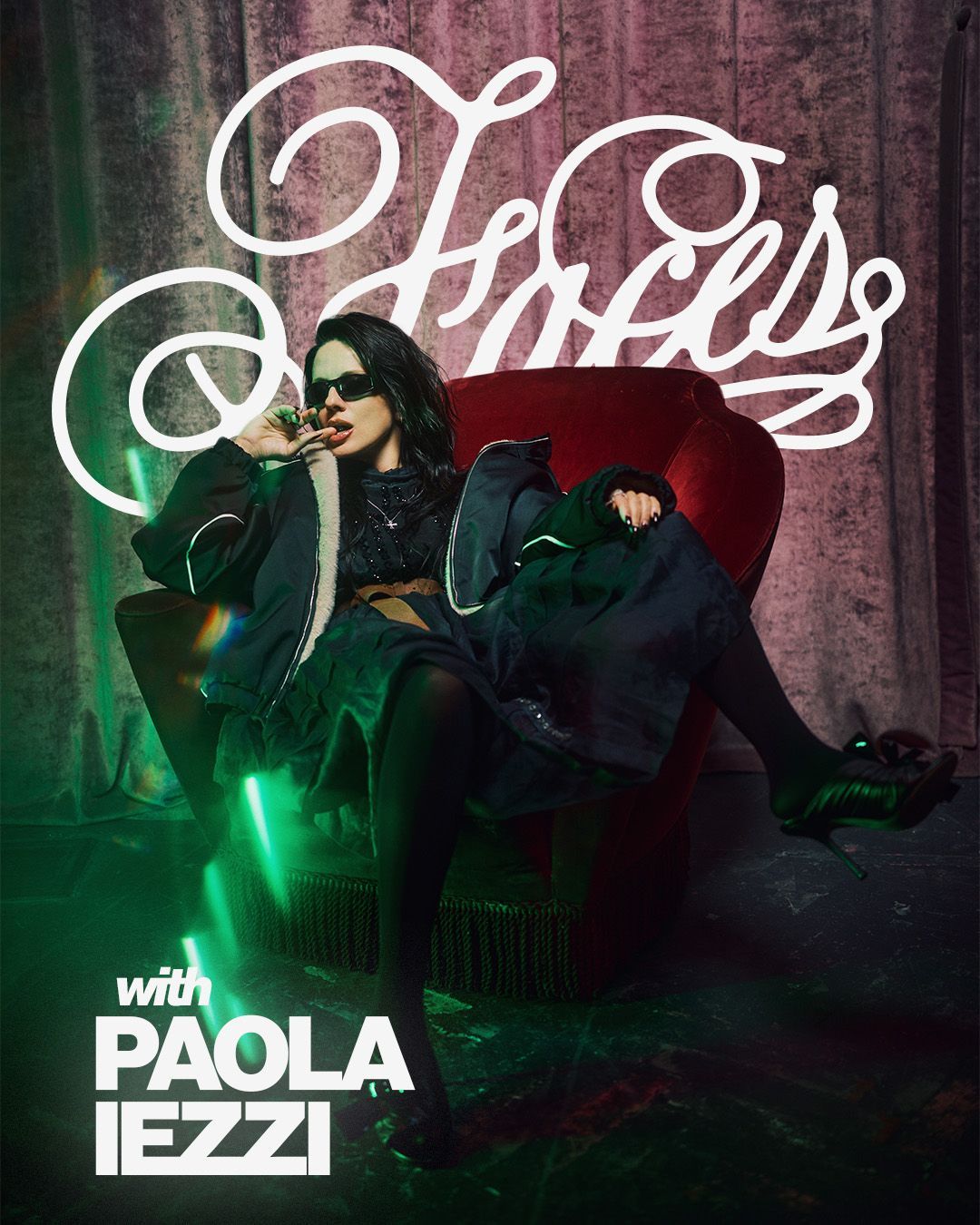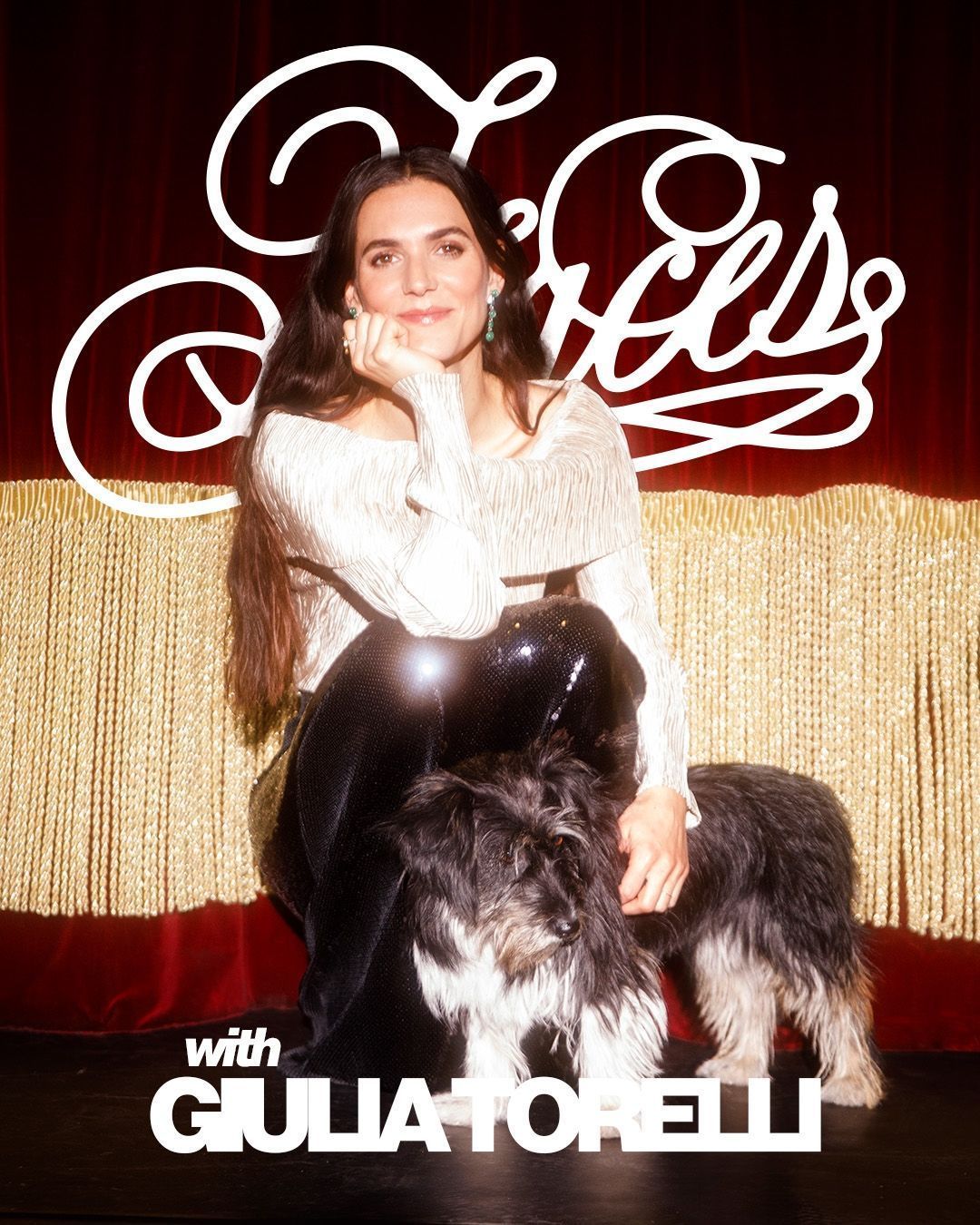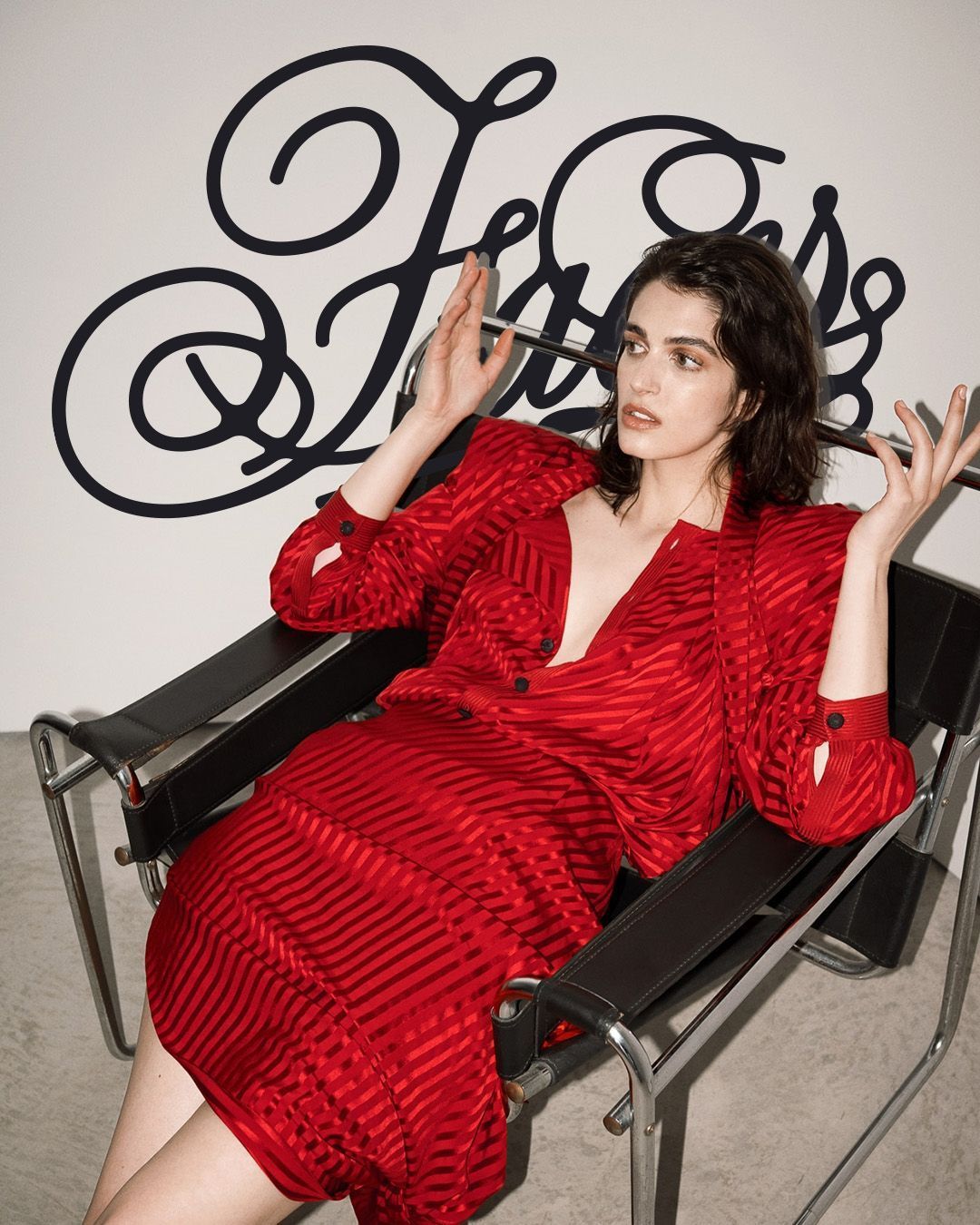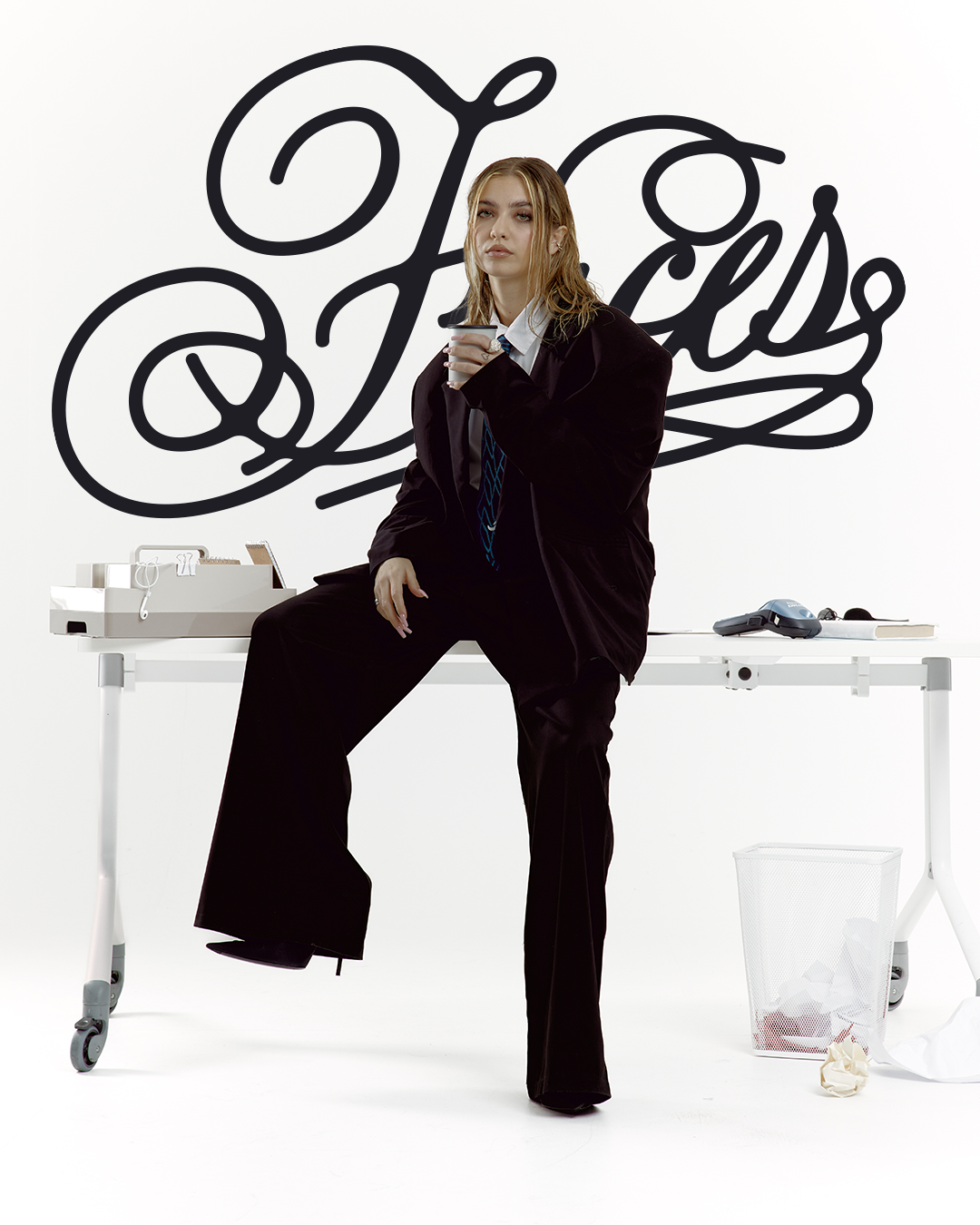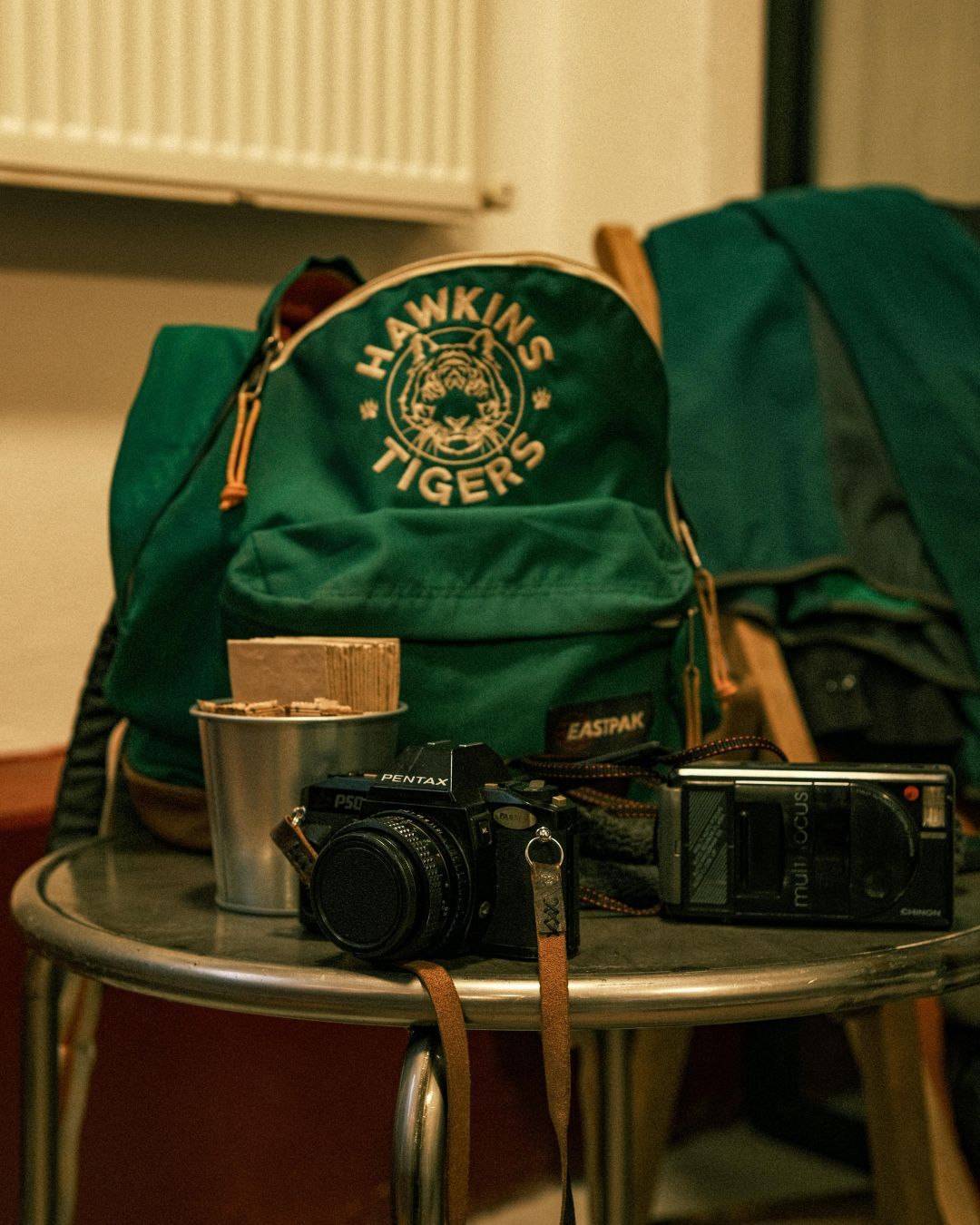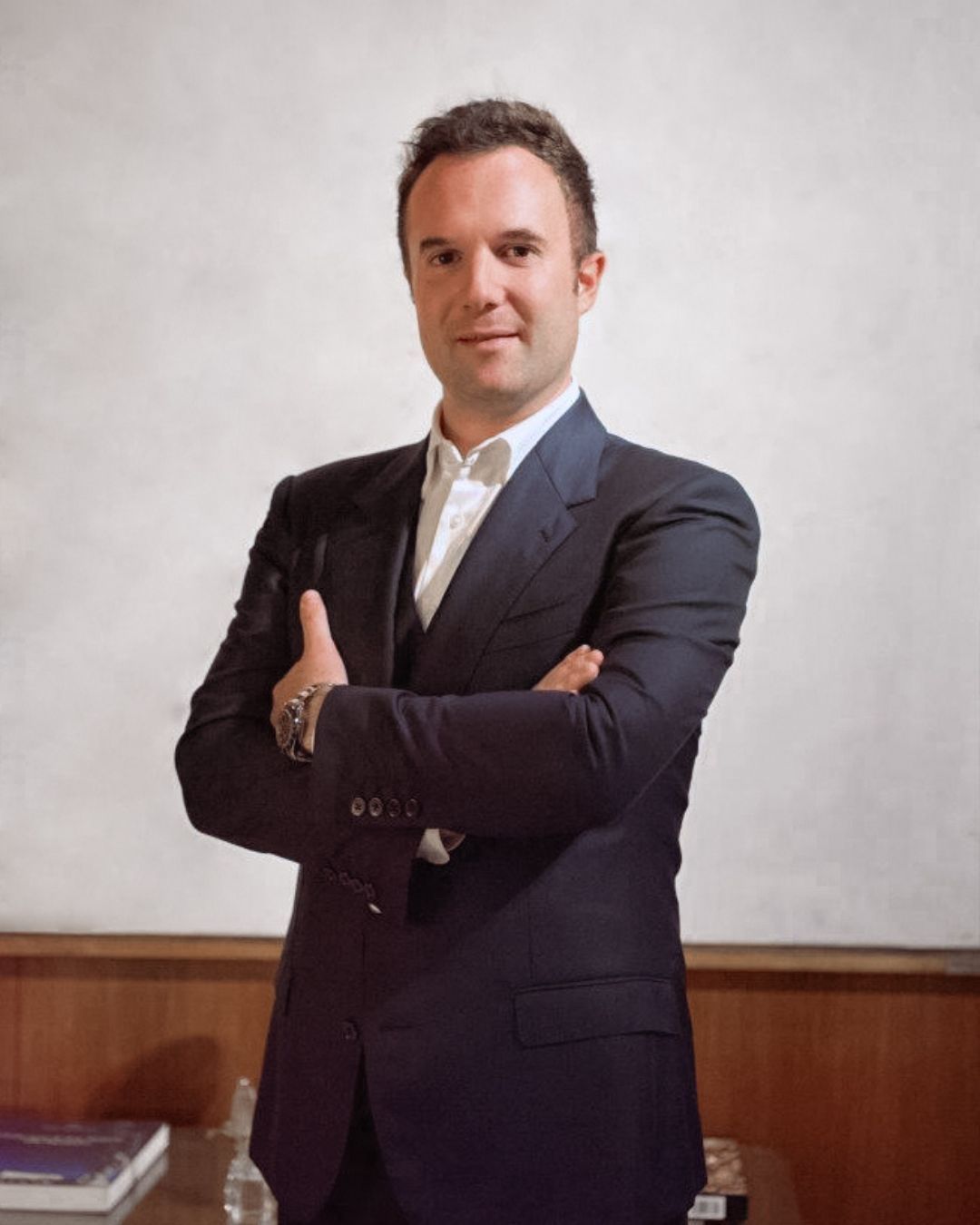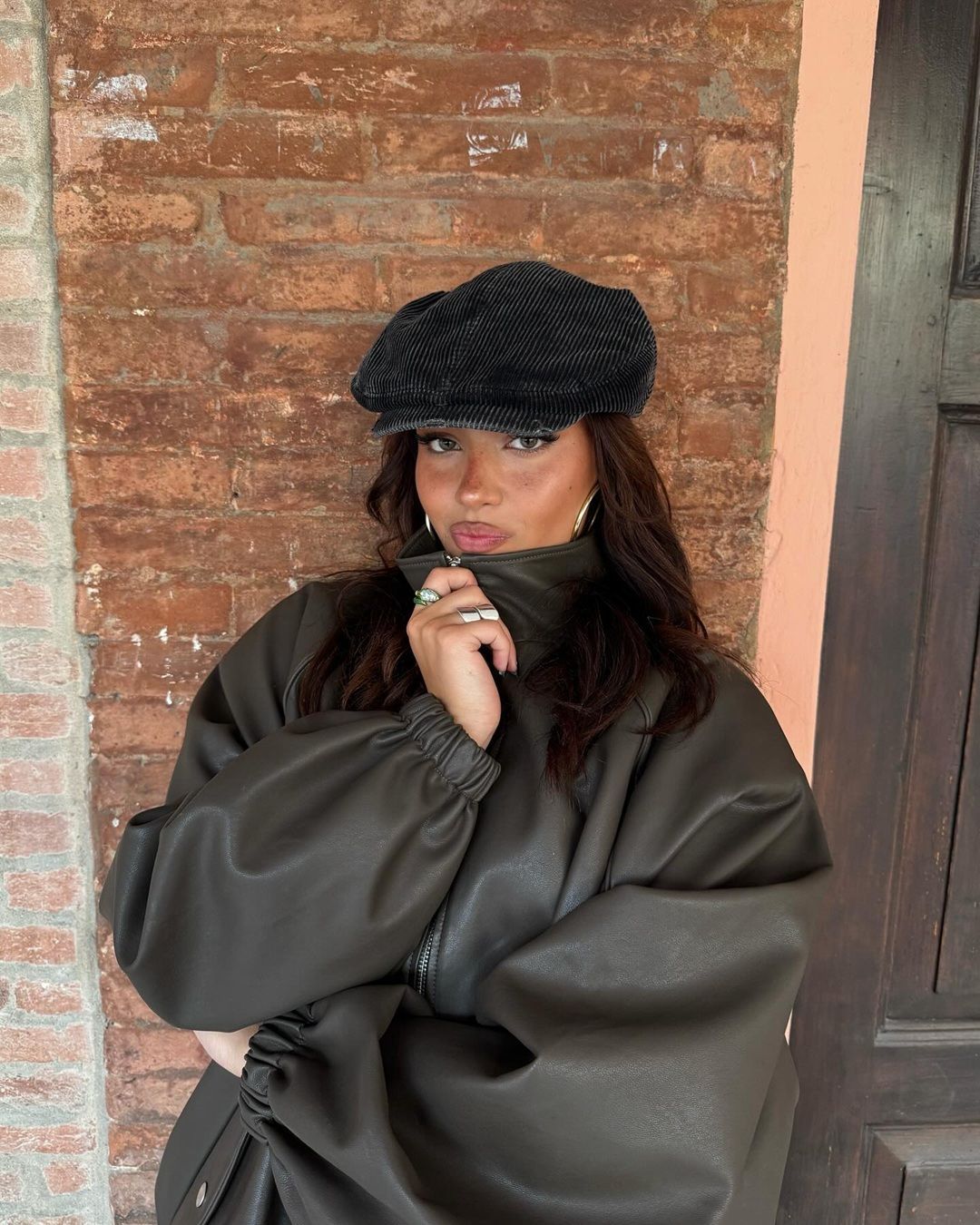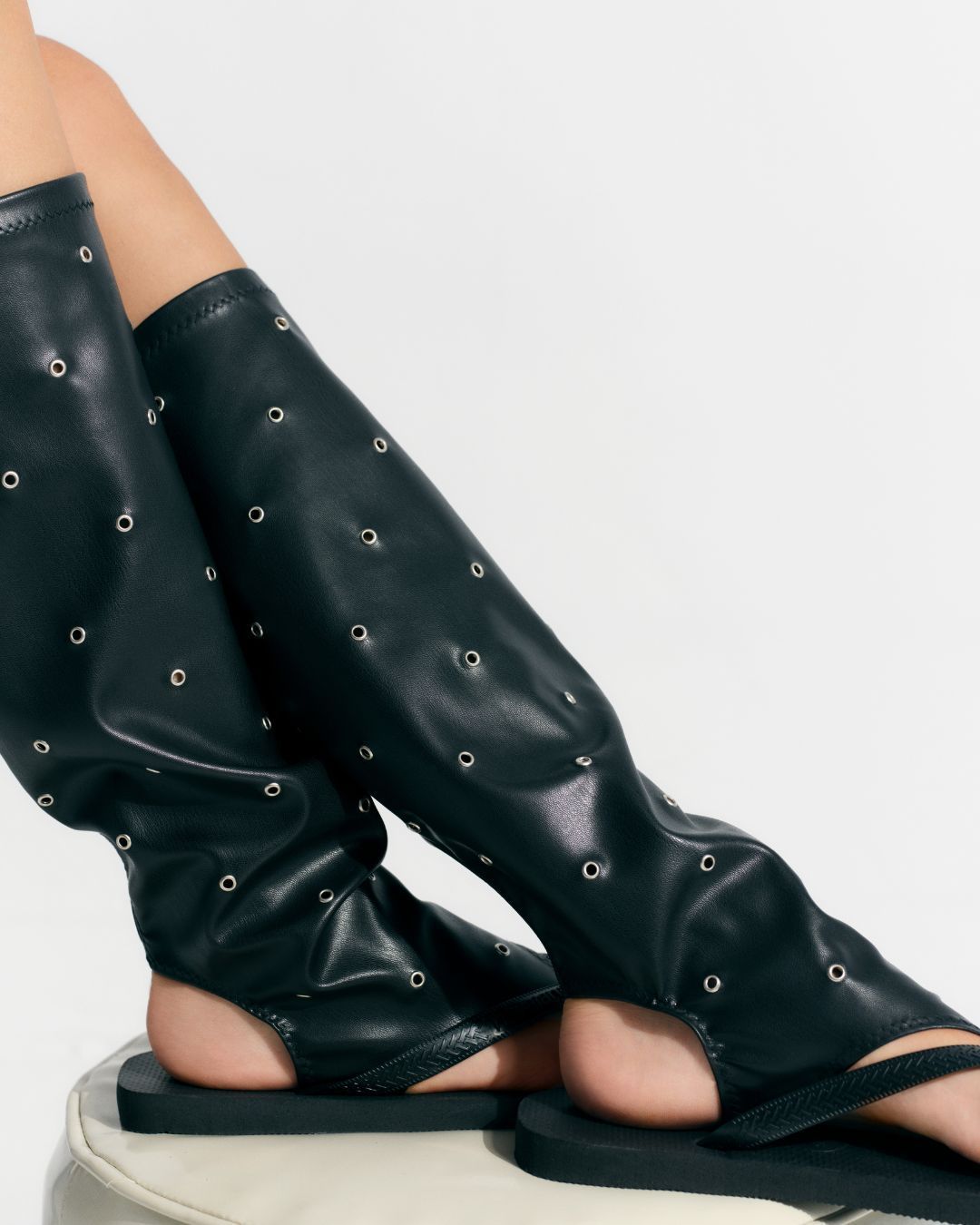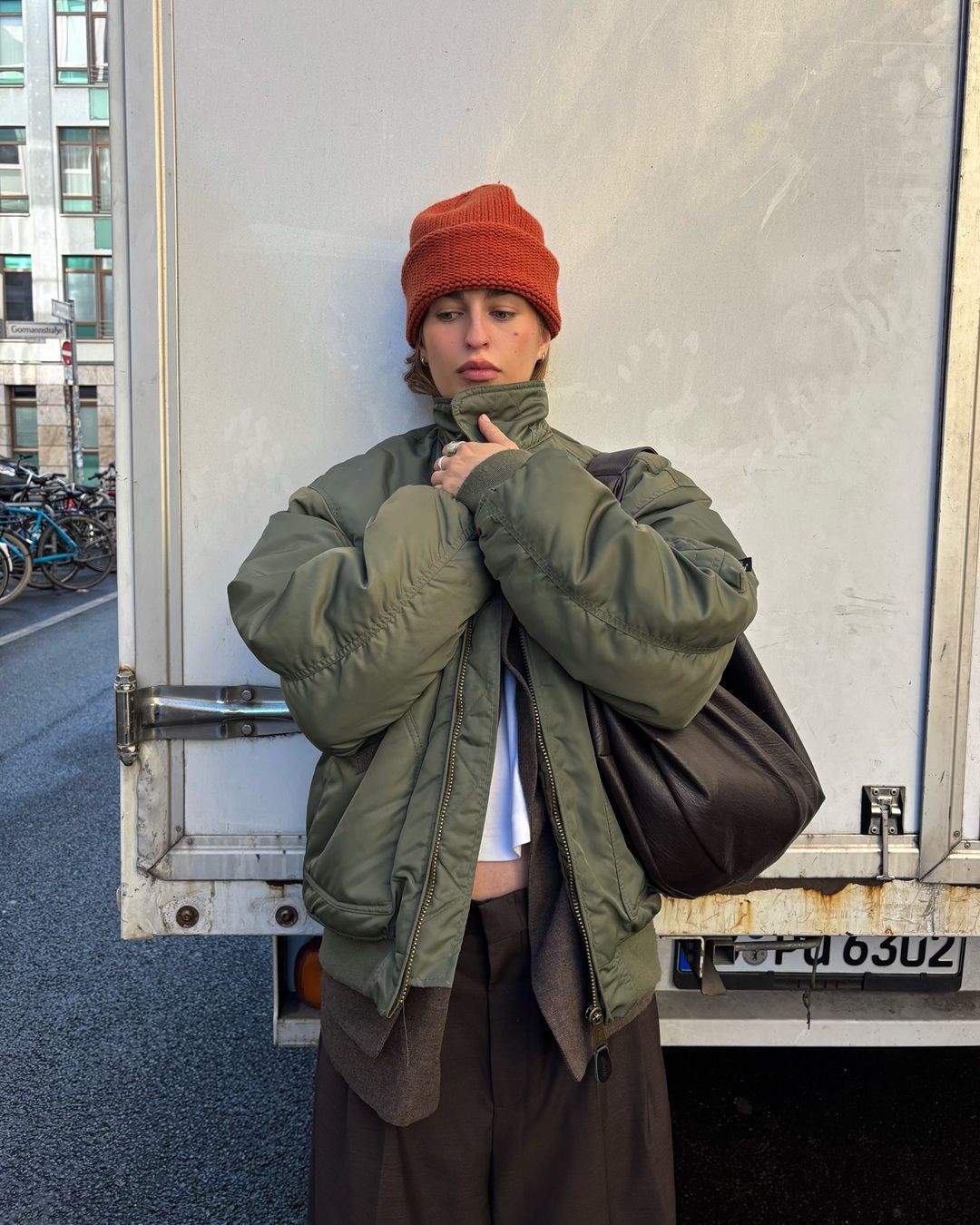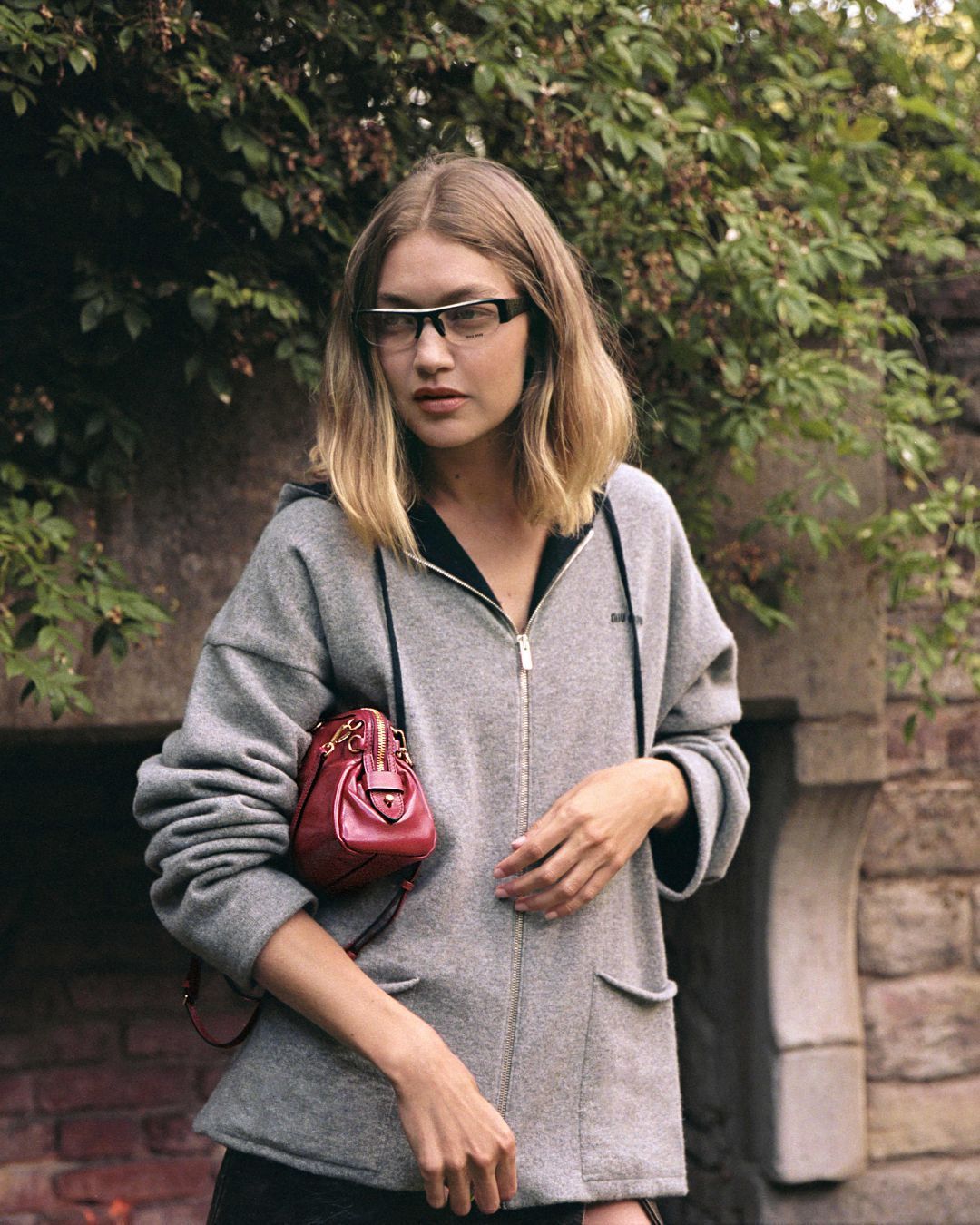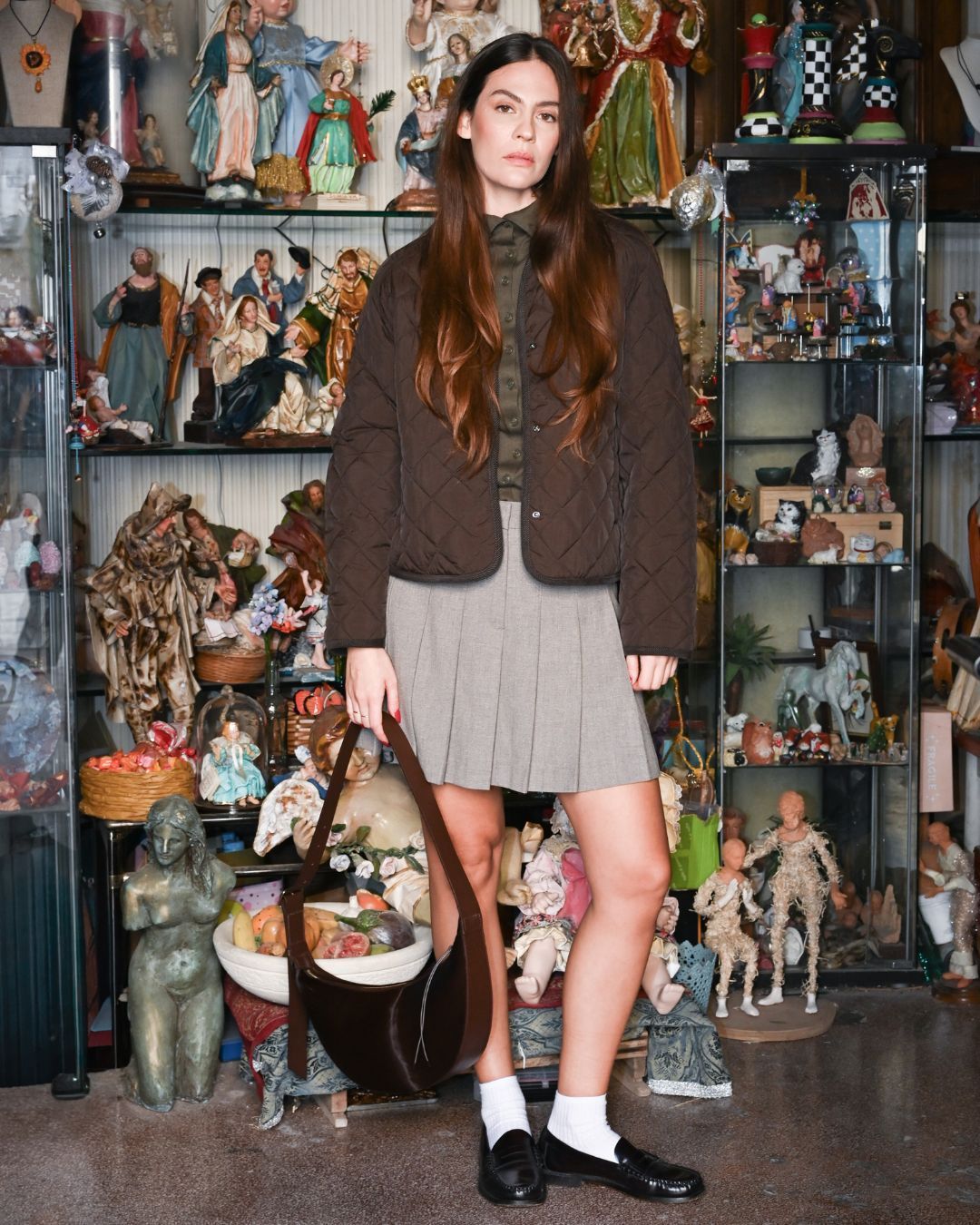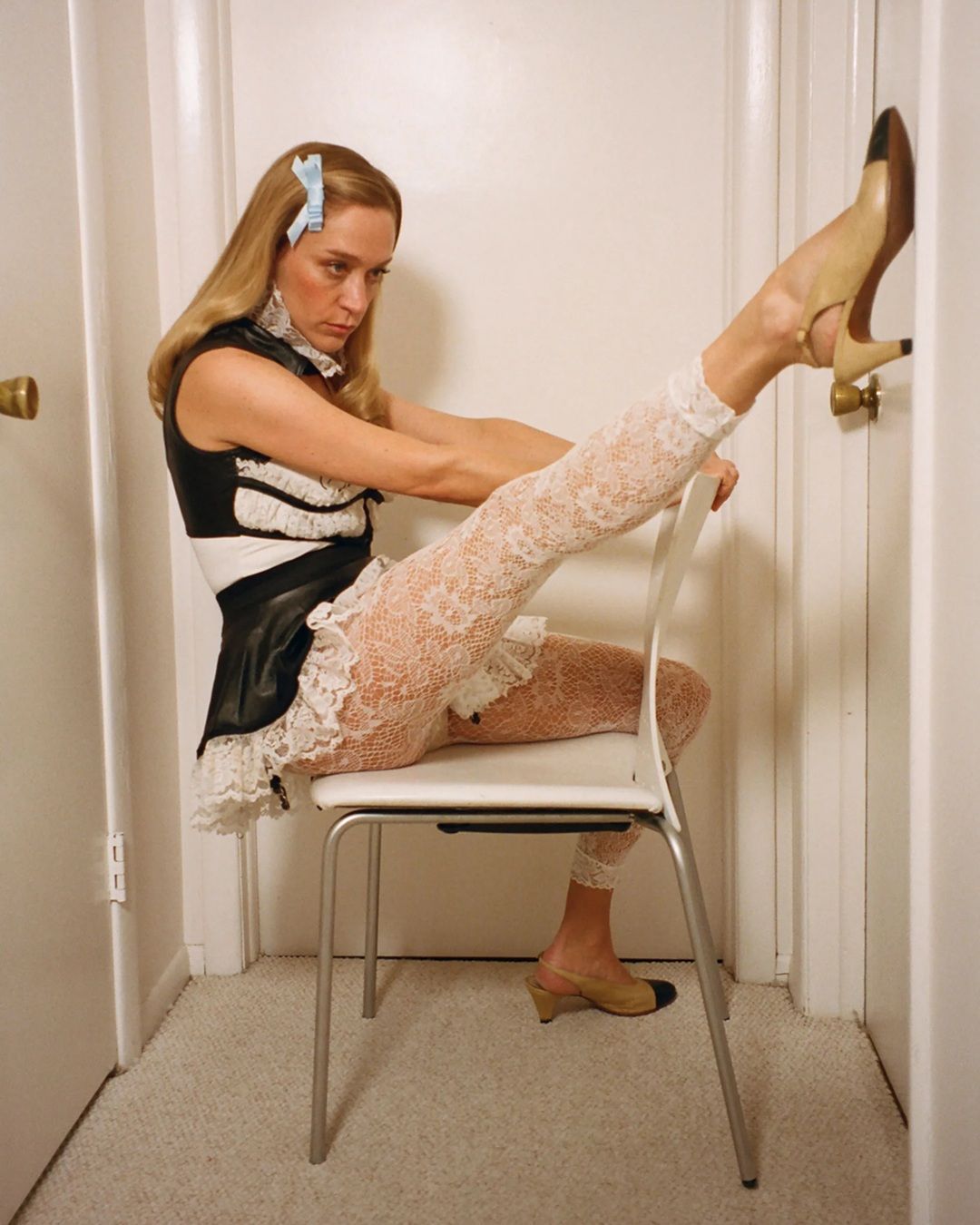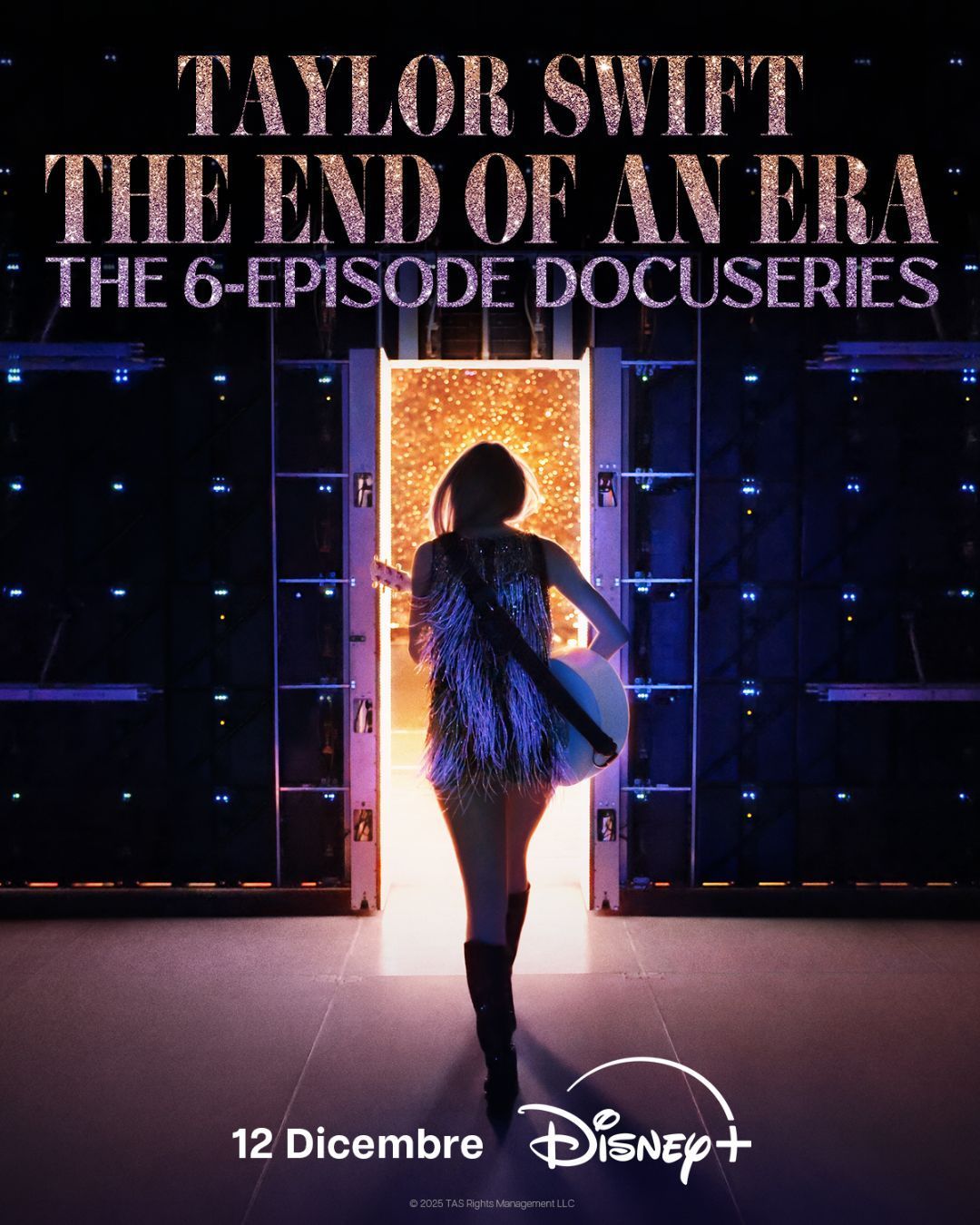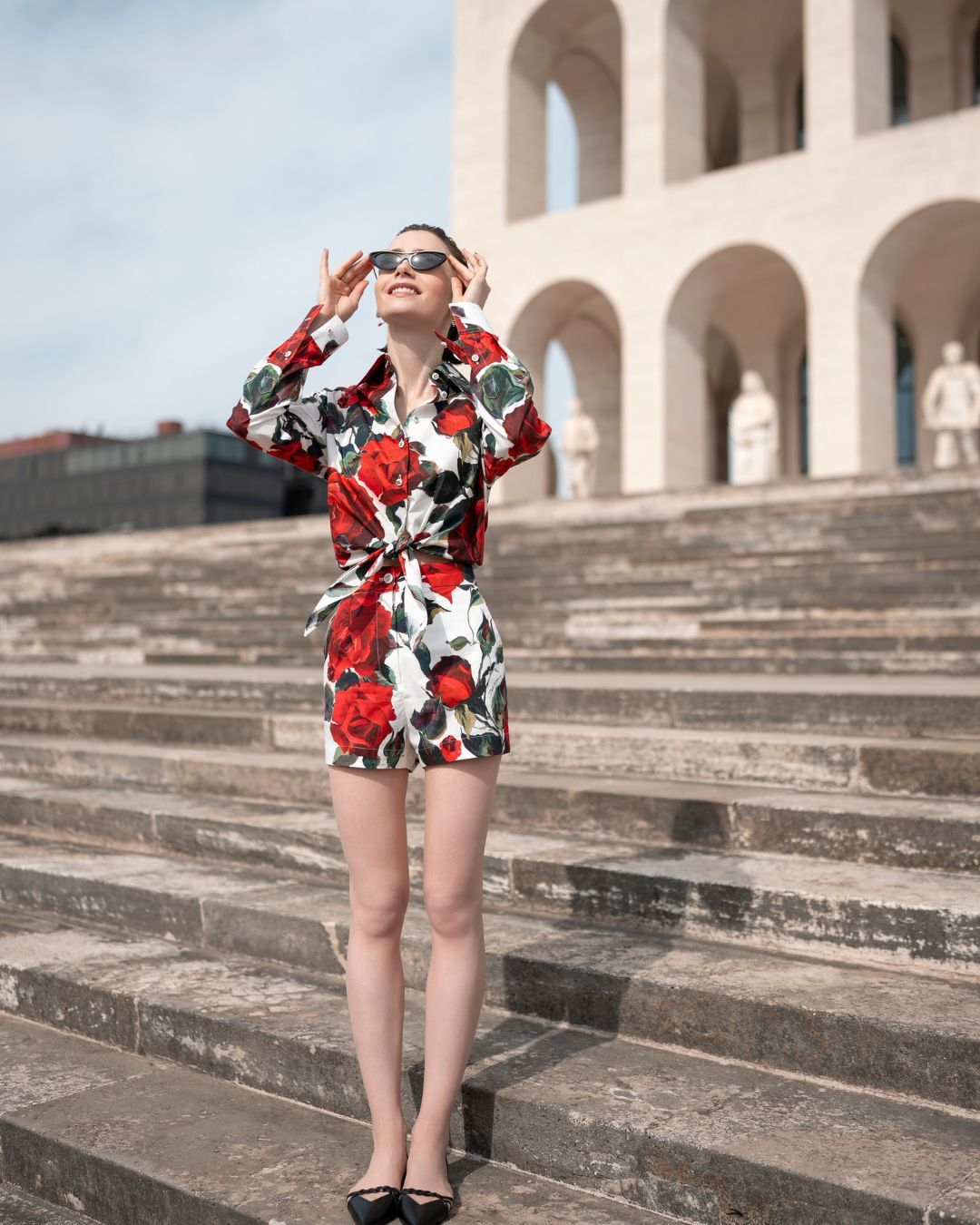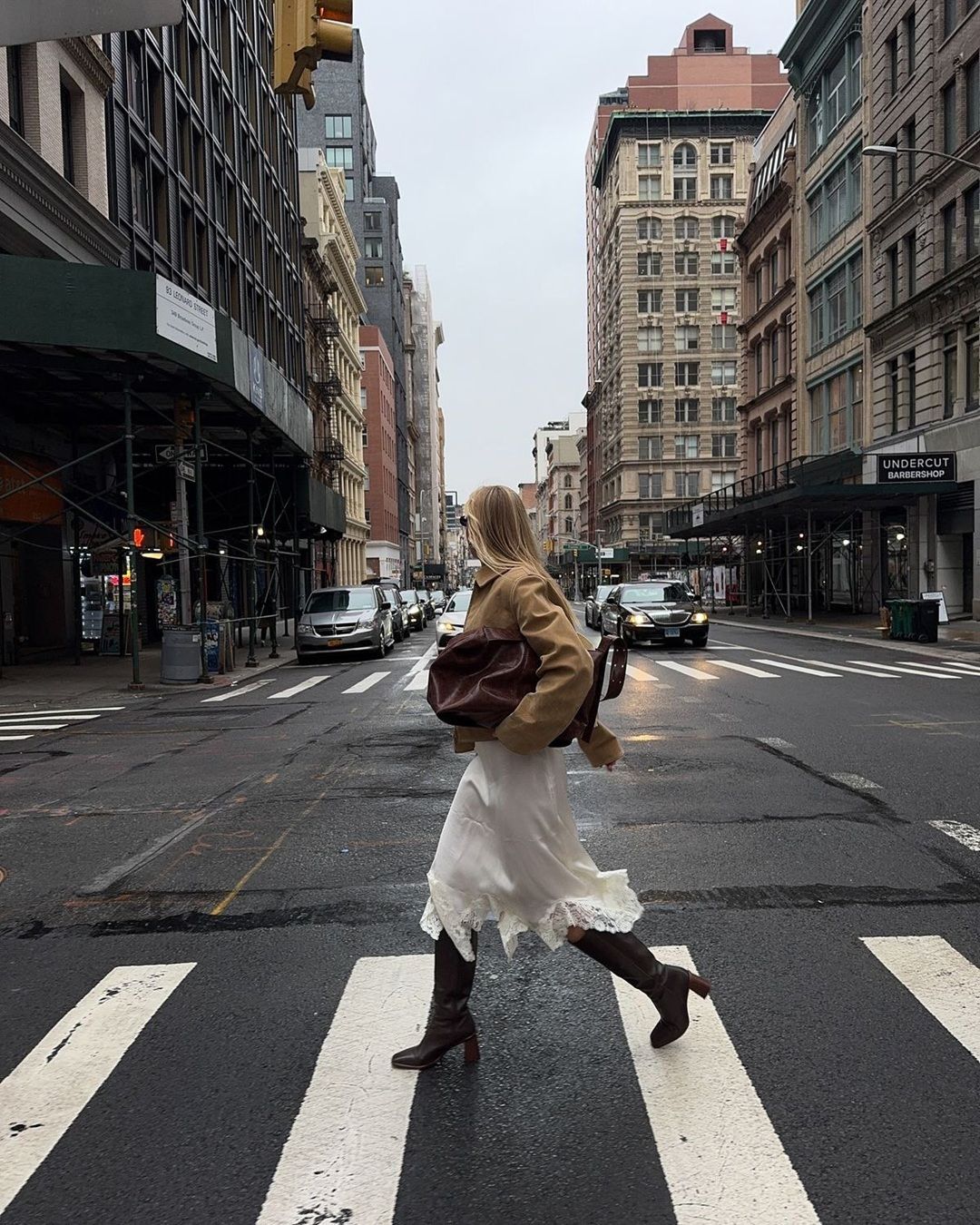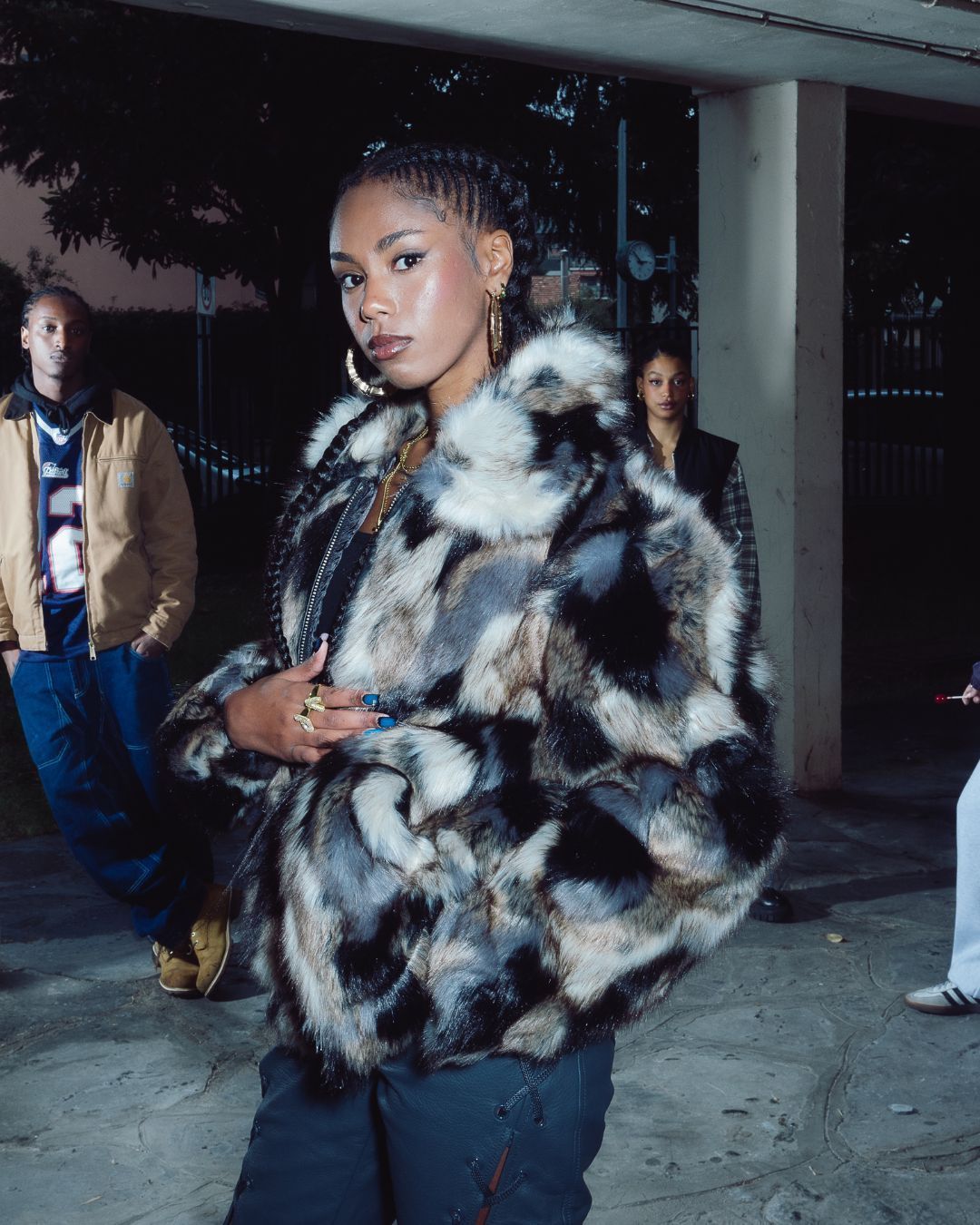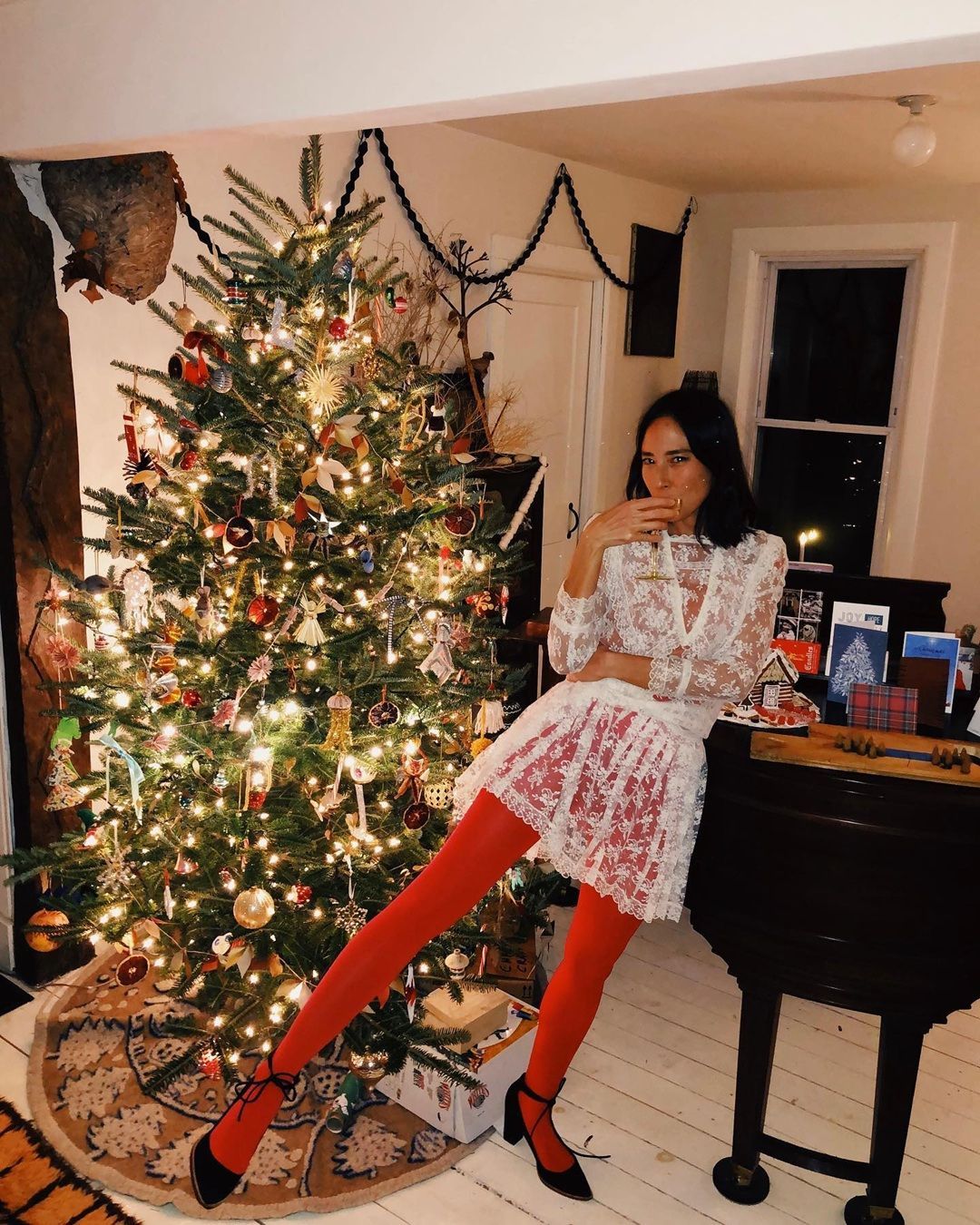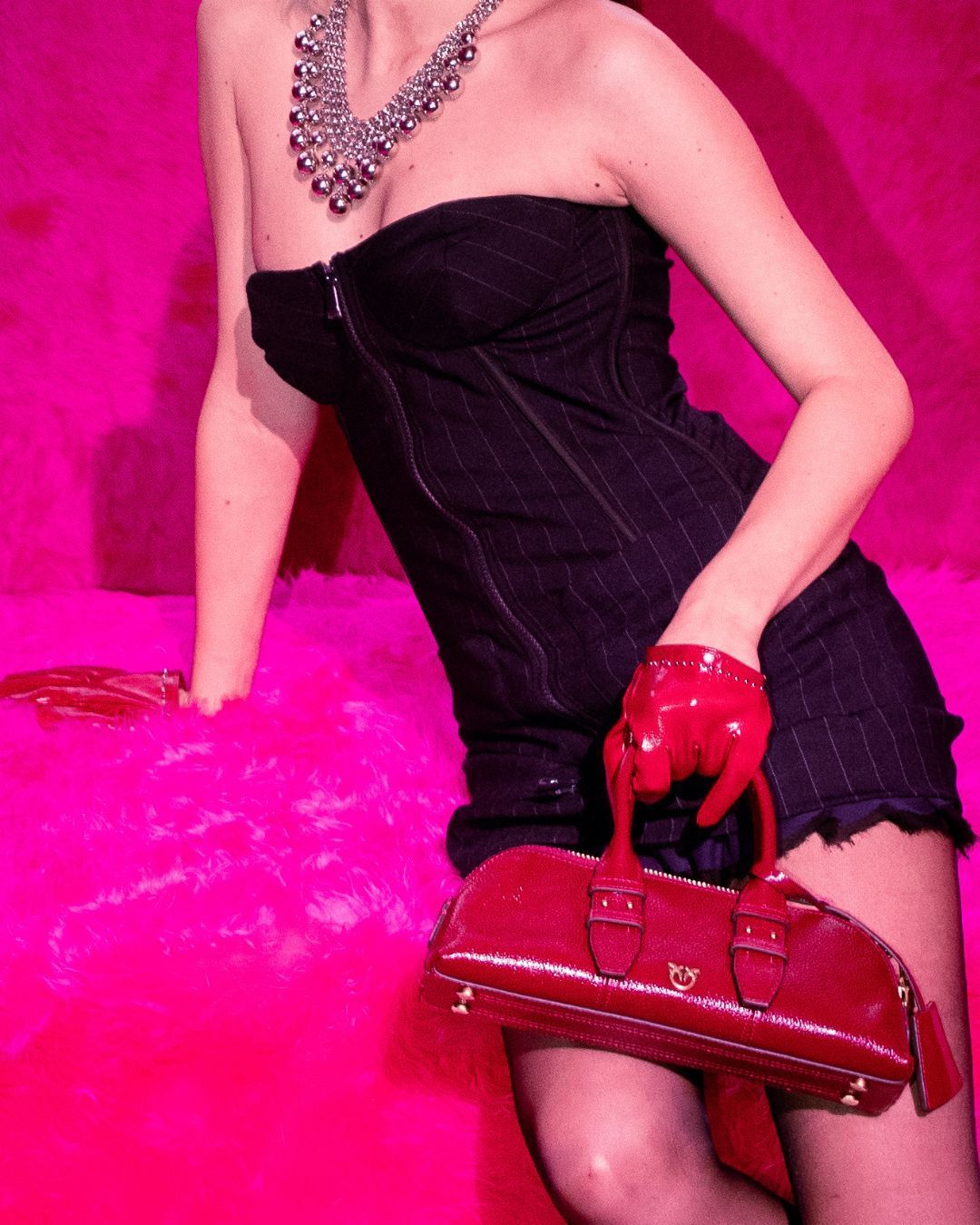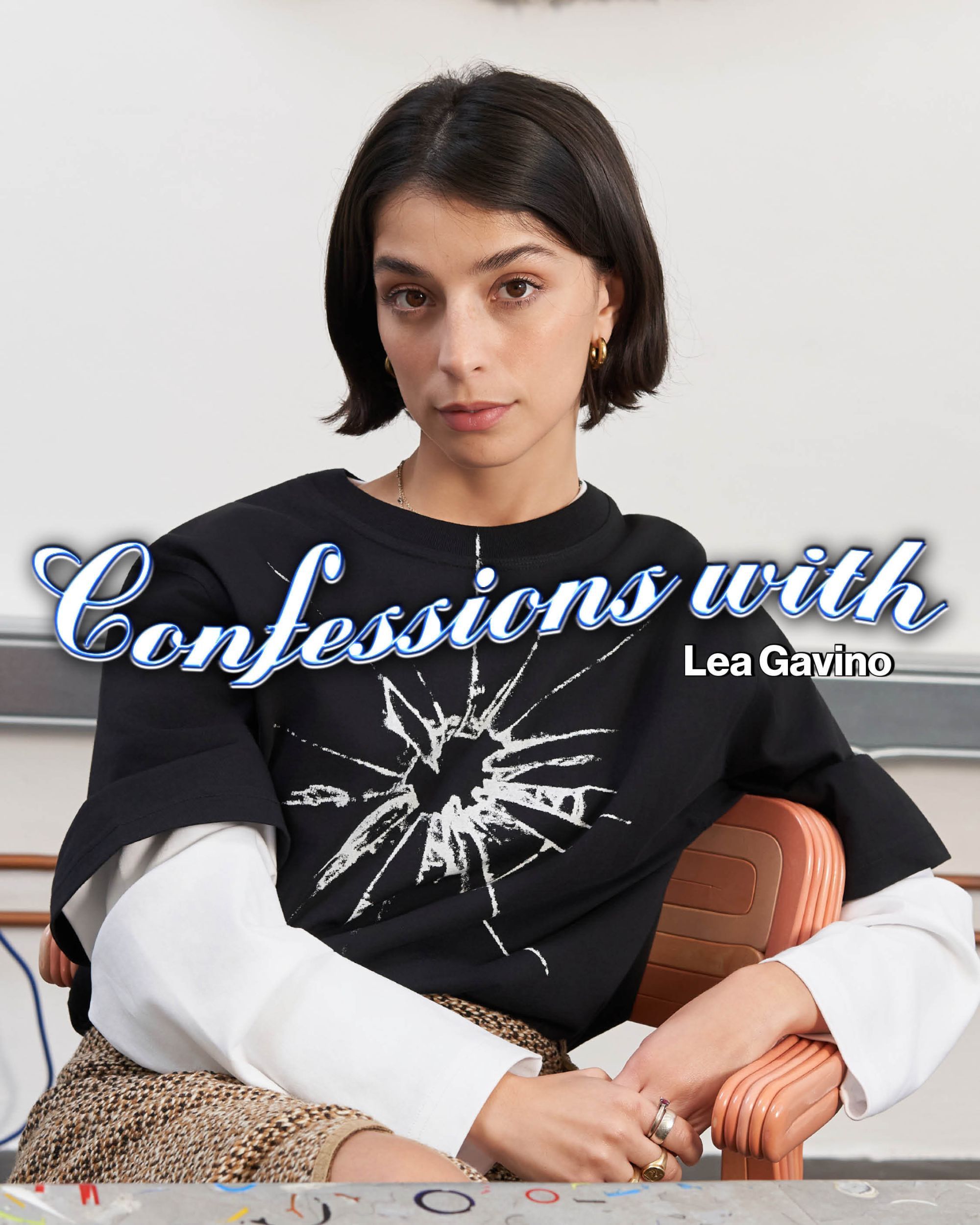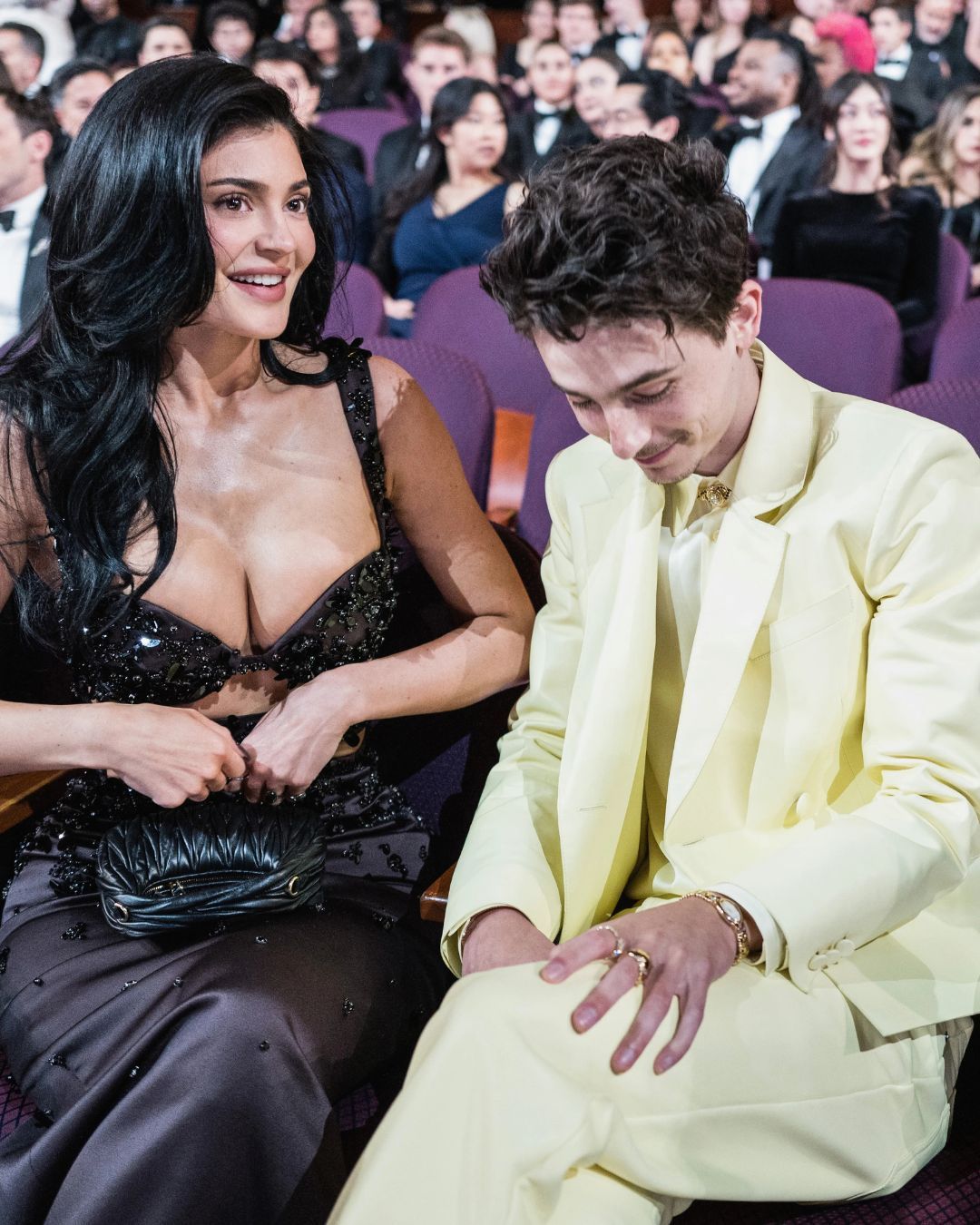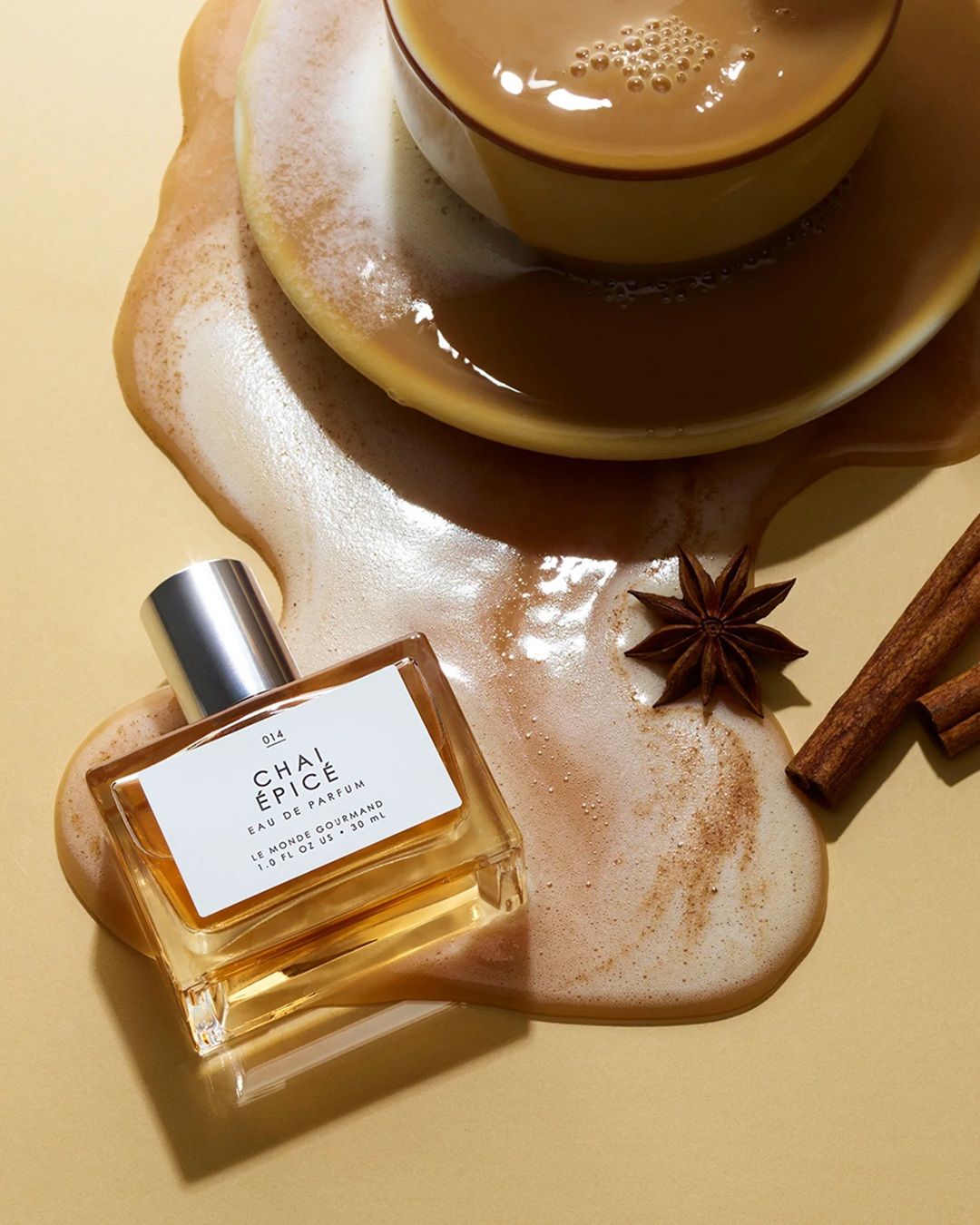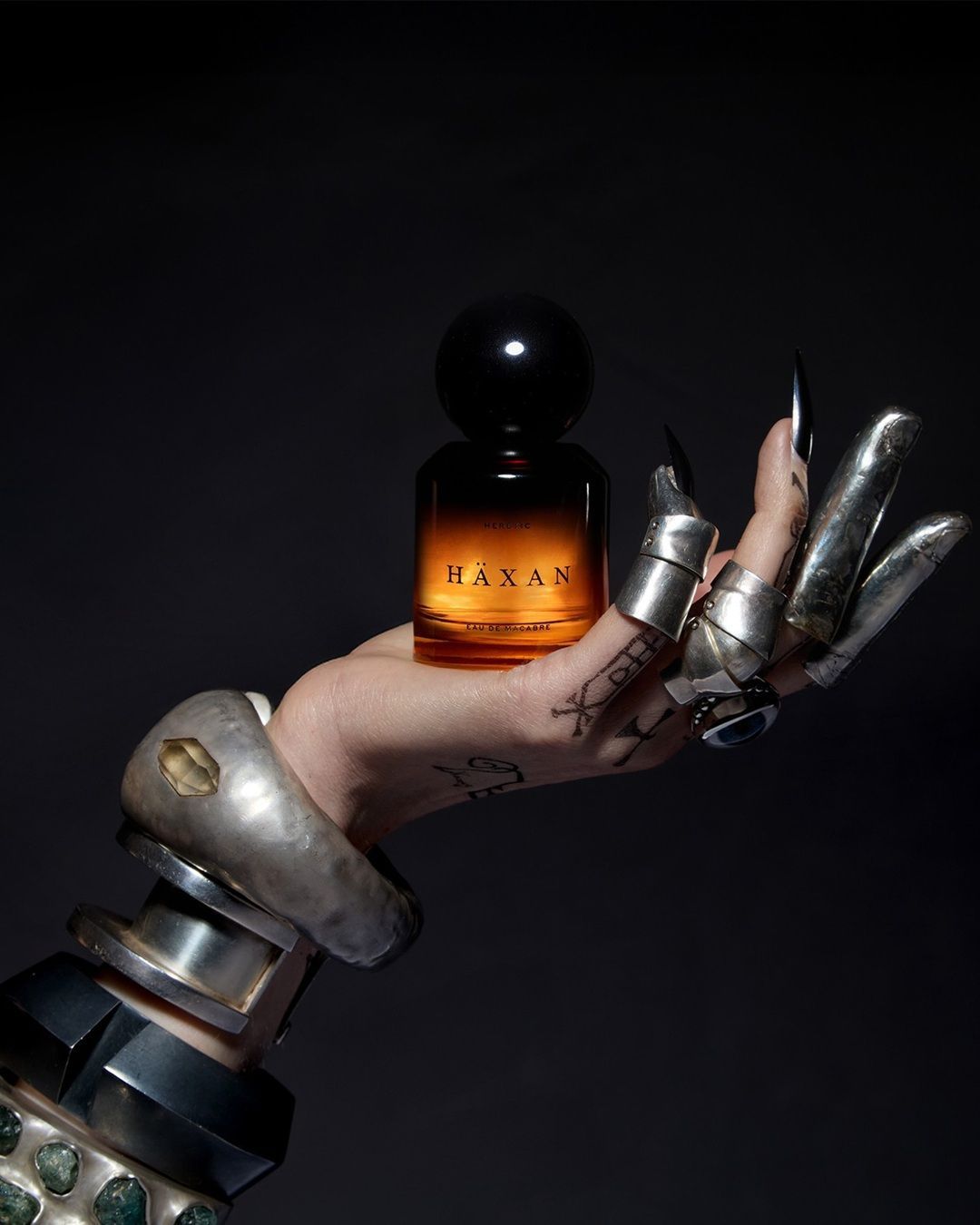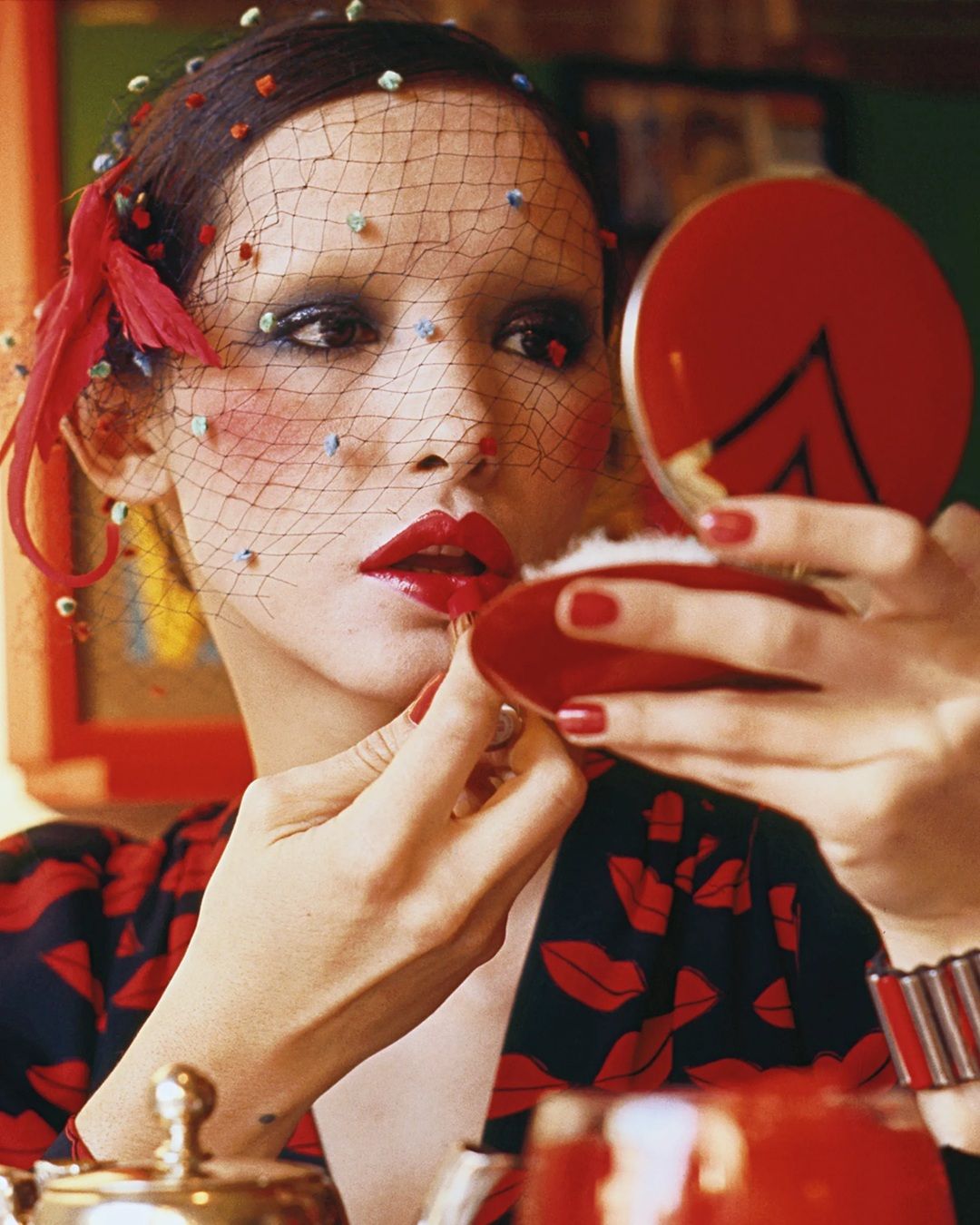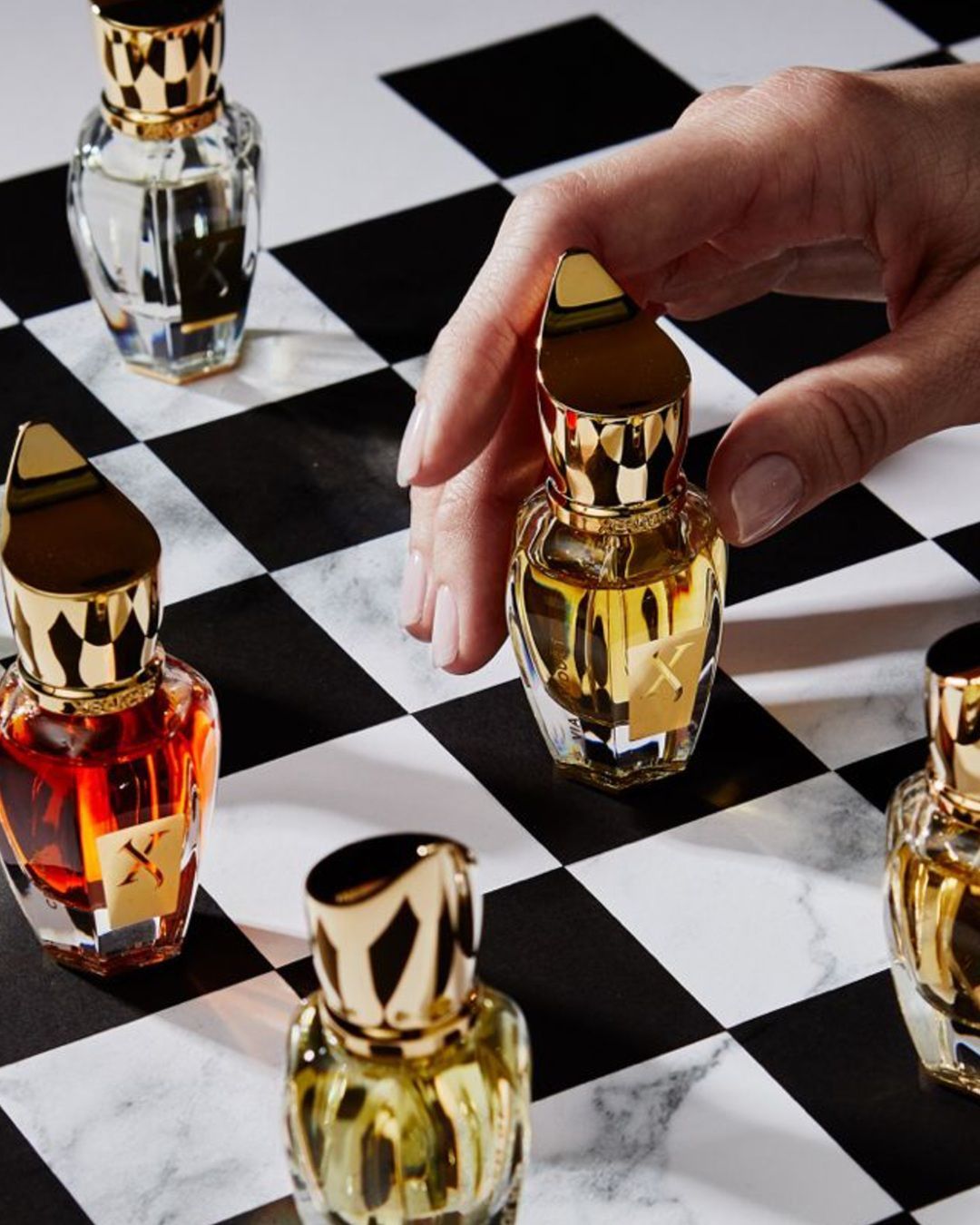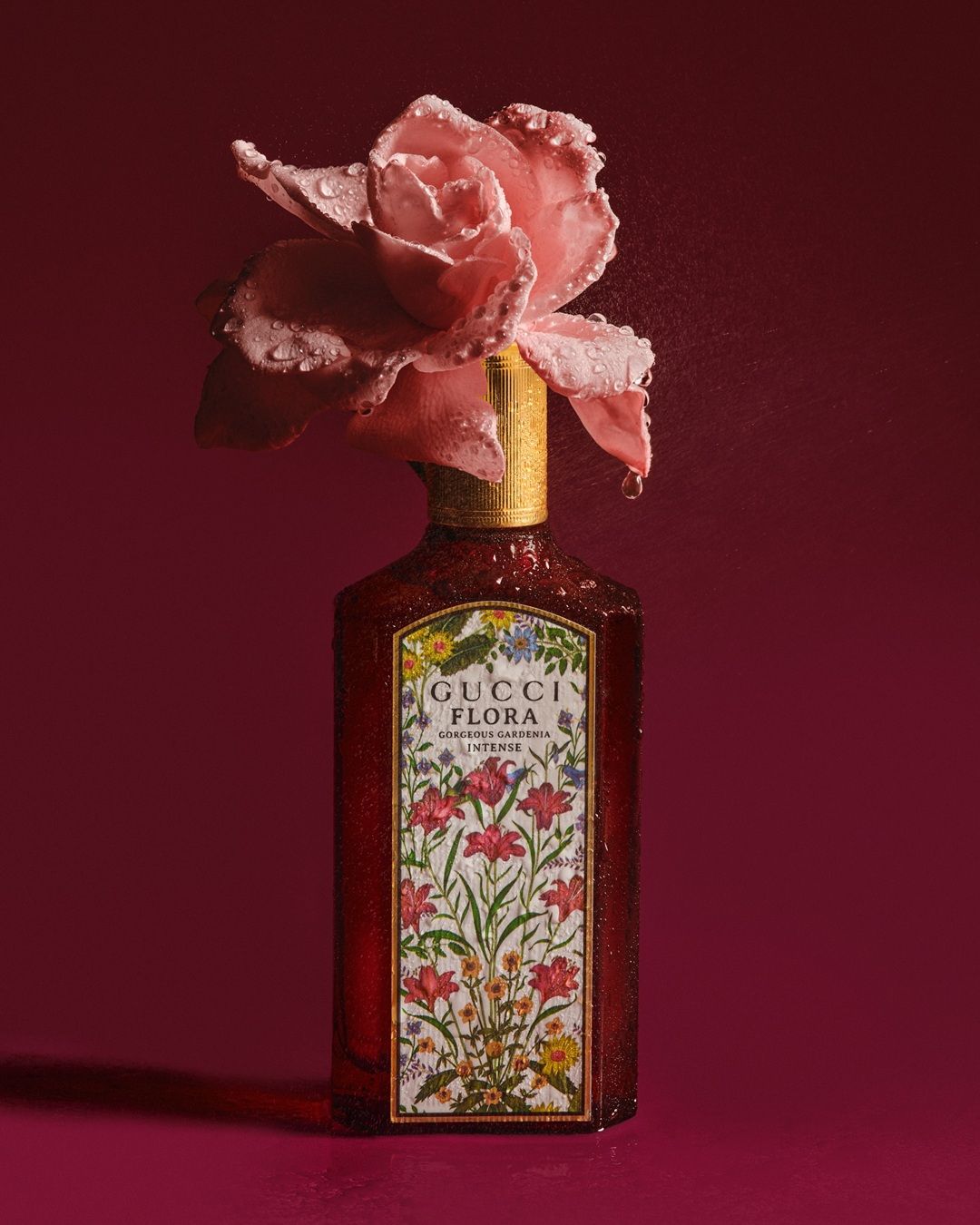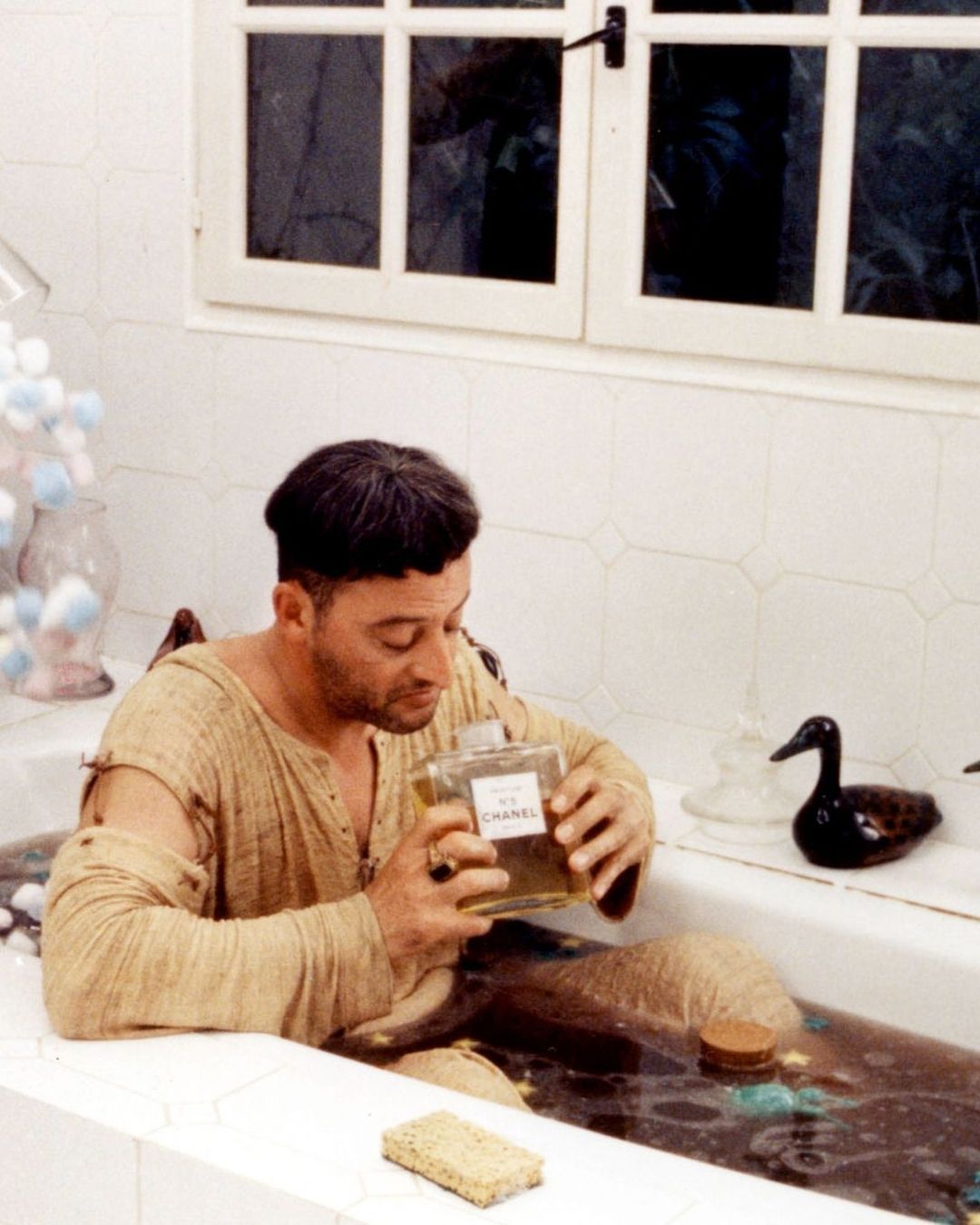
Understanding the success of the discontinued perfume market Vintage ones are increasingly coveted, for several reasons
The market for discontinued perfumes has seen significant growth in recent years, driven by a combination of factors related to nostalgia, the search for original formulas, and the growing interest from collectors. Attention toward certain perfume editions began in the 1980s, when many bottles designed by artists such as Leonor Fini, Raoul Dufy, and René Lalique surpassed 50 years of age. Content creator Claire Smith, a biologist with a collection of about 130 perfumes, explains it well on her YouTube channel, where she recounts the history of some of the most famous fragrances, such as Chanel N°5 or Bandit by Robert Piguet. The passion for perfume involves a wide variety of users, from experts to occasional enthusiasts to those looking to rediscover a scent tied to personal memories. Mathieu Iannarilli, a Parisian dealer specializing in vintage perfumes, points out to the Financial Times that many customers seek specific fragrances that have been discontinued by their respective brands over time: «Some people wear only one perfume, and when it is discontinued they feel somehow orphaned from their “olfactory identity”, so they do everything they can to find their favorite scent again».
@erinparsonsmakeup Magie Noire by Lancôme from 1978 - this one has me angry #vintageperfume #perfumetiktok #fragrance #fragrancetiktok #magienoire #blackmagic original sound - Erin Parsons
There is no official data on the size of this market, but the evidence points to high demand. On eBay, for example, a search for «discontinued fragrances» yields thousands of listings. Prices vary significantly: they range from 150 euros for the more common bottles to figures exceeding 3,000 euros for the rarest ones – as in the case of Djedi by the French company Guerlain. As reported by the Guardian, it is estimated that in the United Kingdom alone there are several thousand vintage perfume collectors, most of whom rely on Basenotes.net for their searches – a site described as the largest fragrance guide in the world, featuring a searchable database of over 20,000 new and vintage perfumes, consumer reviews, and forum discussions. «Vintage fragrances should not be underestimated, as collectors are willing to pay exorbitant prices for discontinued perfumes and their elegant bottles», the Guardian notes. There are various reasons why a perfume might be pulled from the market: lack of commercial success, difficulty sourcing raw materials, or the brand itself ceasing operations. Iannarilli notes that «the prices of some fragrances from iconic British brands such as Vivienne Westwood and Stella McCartney have tripled since these brands exited the perfume sector».
Why vintage perfumes are so popular
id do unspeakable things for just ONE sniff of this discontinued l’artisan parfumeur pic.twitter.com/z2FTwpjdwX
— julie (@helencftroy) August 13, 2024
In some cases, consumer interest focuses on the original formulations of perfumes still in production, whose scents have changed over time due to stricter ingredient regulations, particularly in the European Union. Aimee Majoros, a beauty expert and perfume collector, told the Financial Times: «I have a sample of Mitsouko by Guerlain from the 1970s that smells completely different and much more interesting than the current version. [...]The best fragrance I have ever smelled is the 1960s version of L’Air du Temps by Nina Ricci. The current formulation has a scent that doesn't impress me. Now I understand why customers are upset when scents are reformulated».
For some customers, the passion for perfumes lies not only in the fragrance itself but also, and especially, in the bottle design. Some users also collect the so-called "factices", or oversized perfume bottles used until the early 2000s in pharmacies and department stores for promotional purposes. Today, “factices” are mainly found in antique stores, such as Galerie Martynoff in Paris, which features in its collection a 30 cm tall L’Air du Temps bottle by Nina Ricci valued at over 5,000 euros, and an even taller Shalimar bottle by Guerlain – list price: 4,100 euros. «There are two types of consumers,» explains Simon Martynoff, owner of the Parisian store, to describe the growing interest in "factices" – «one is a collector looking for a specific bottle, and the other is an interior decorator». Martynoff states that for this type of object, interest has grown so much that it is now reflected in higher prices.



